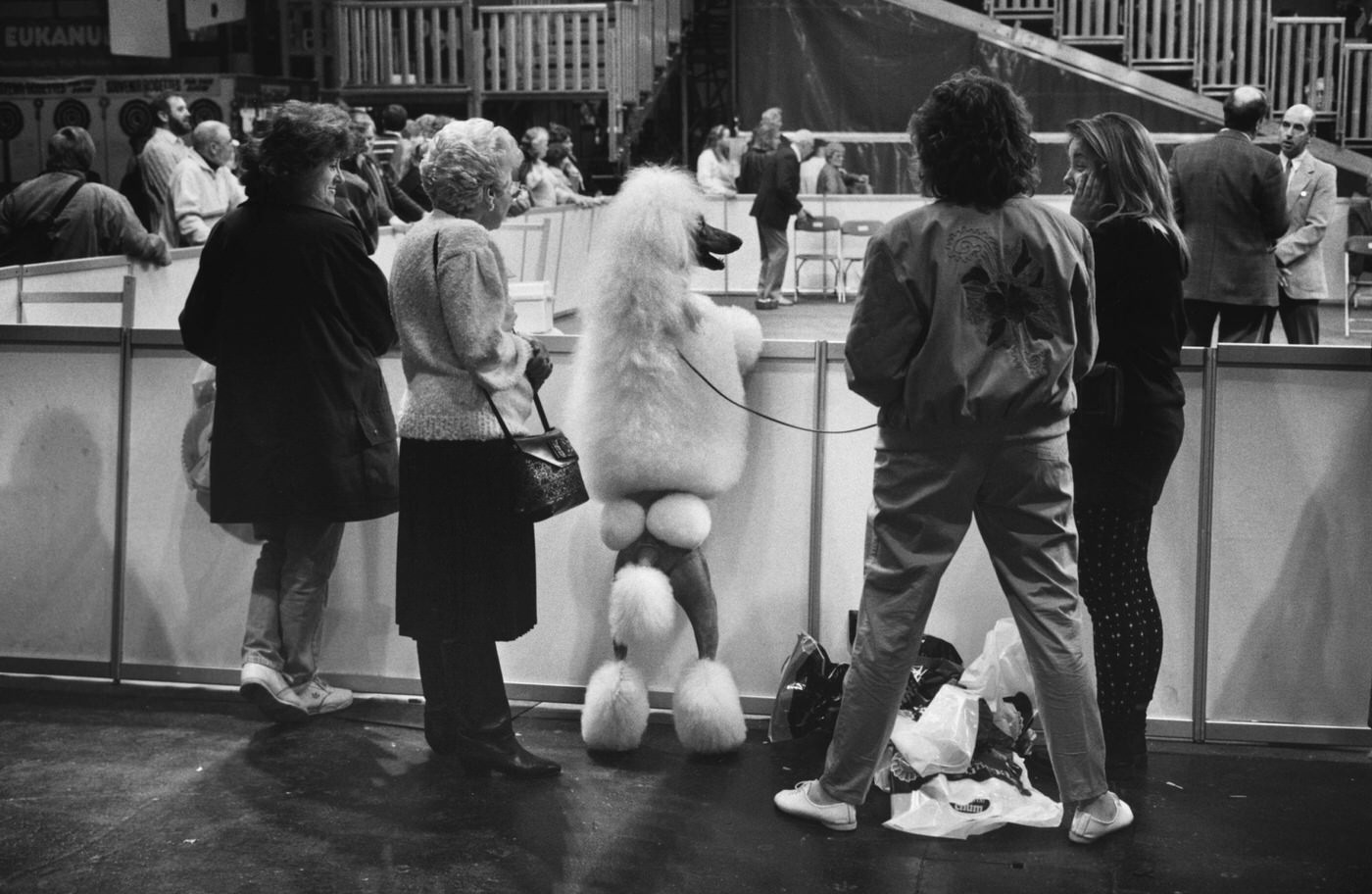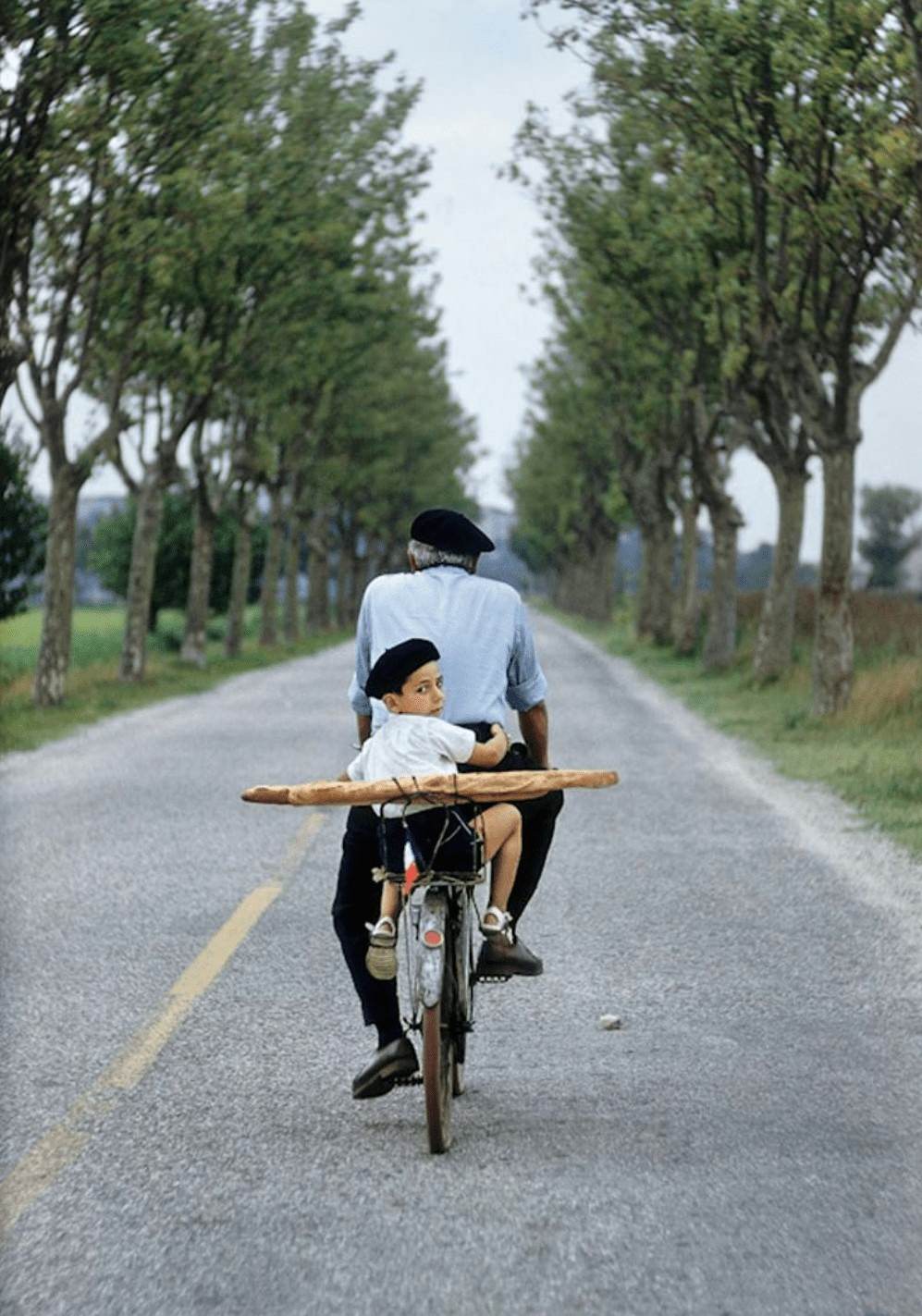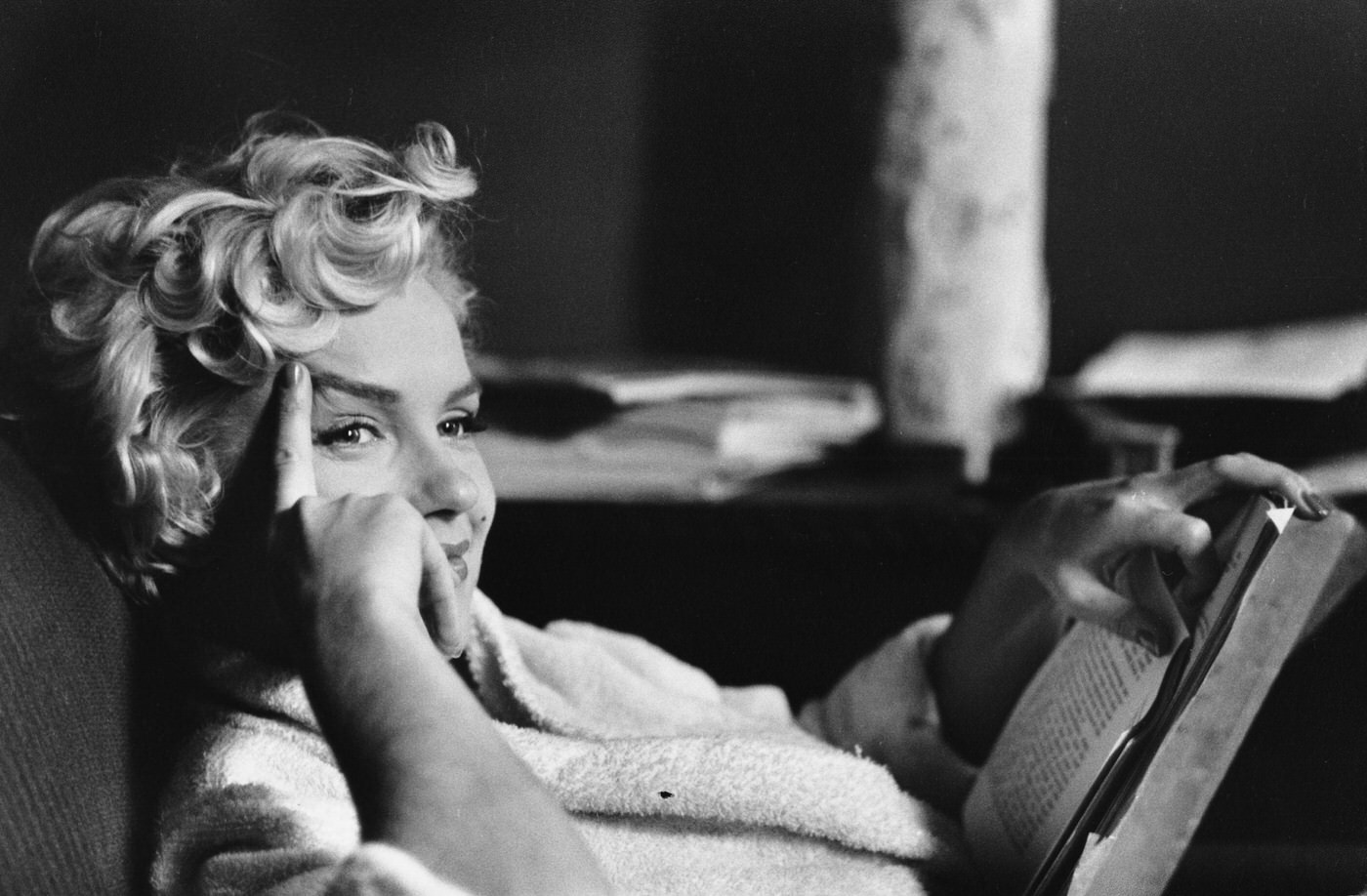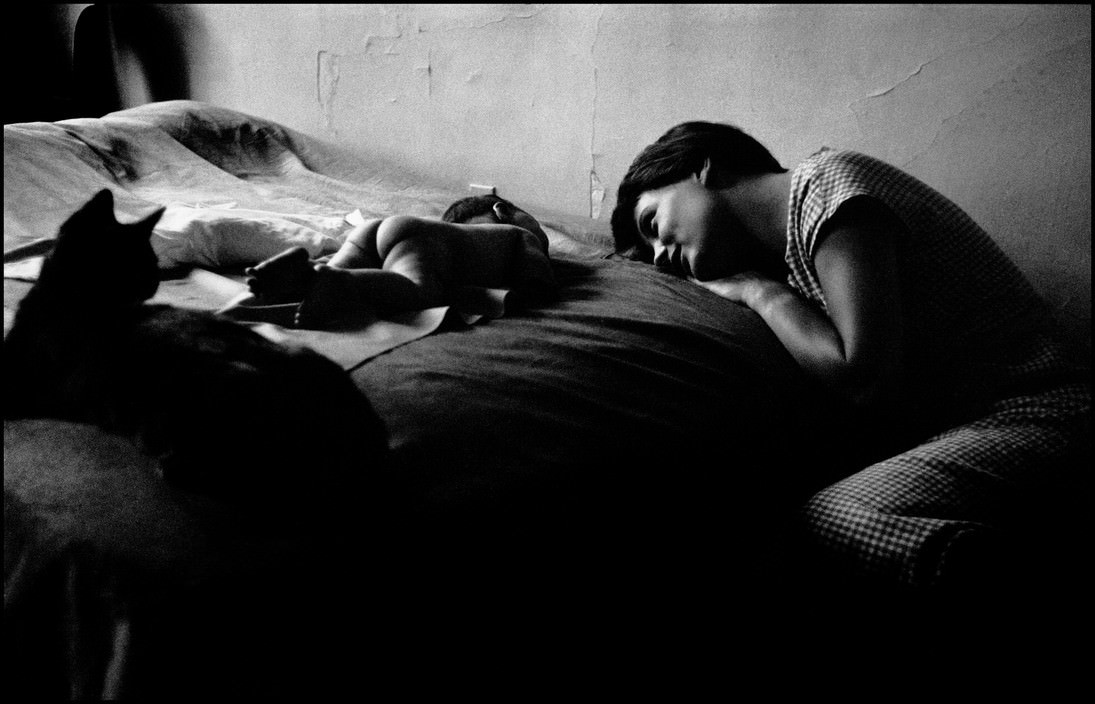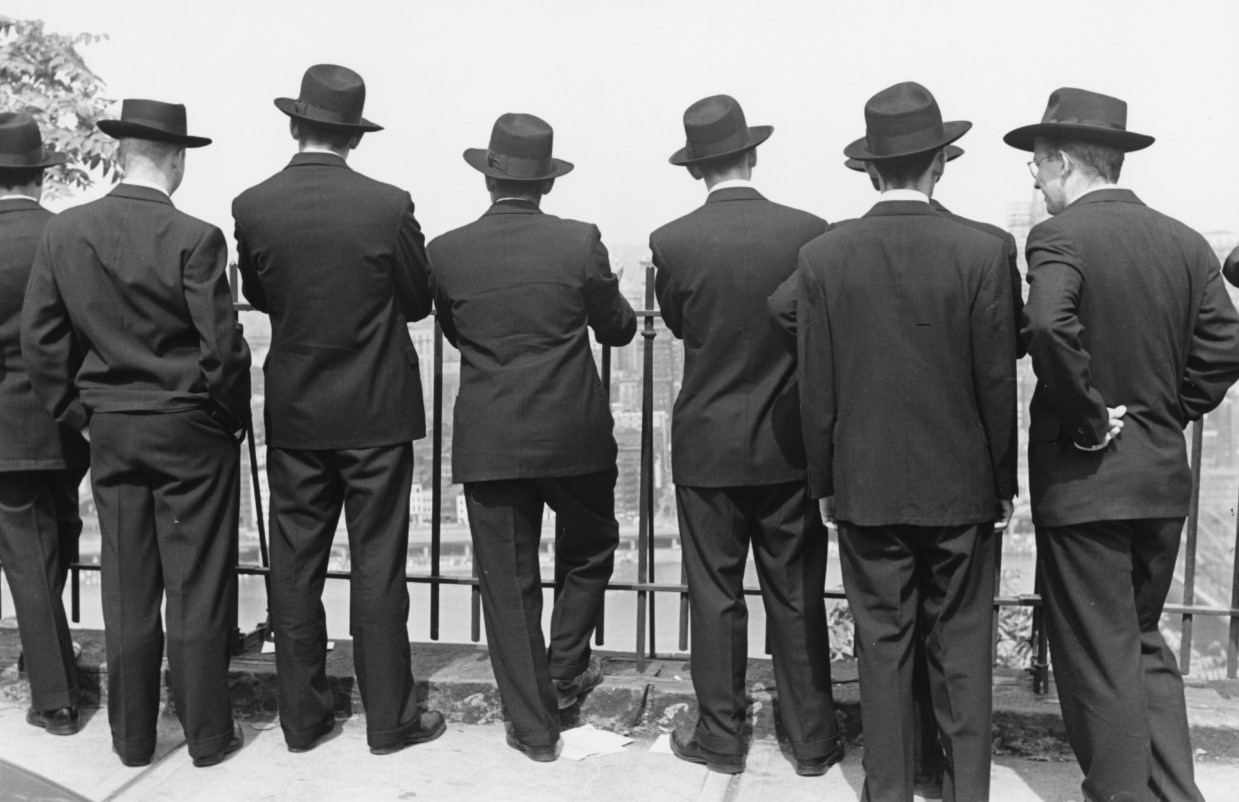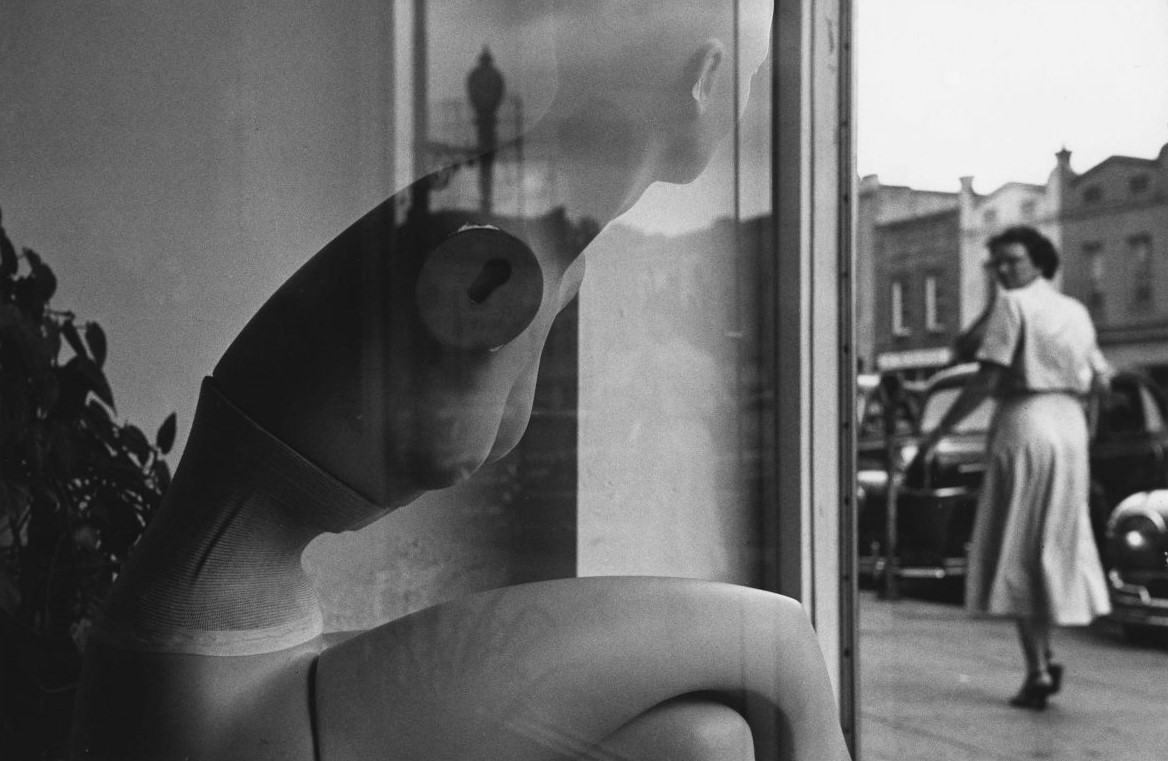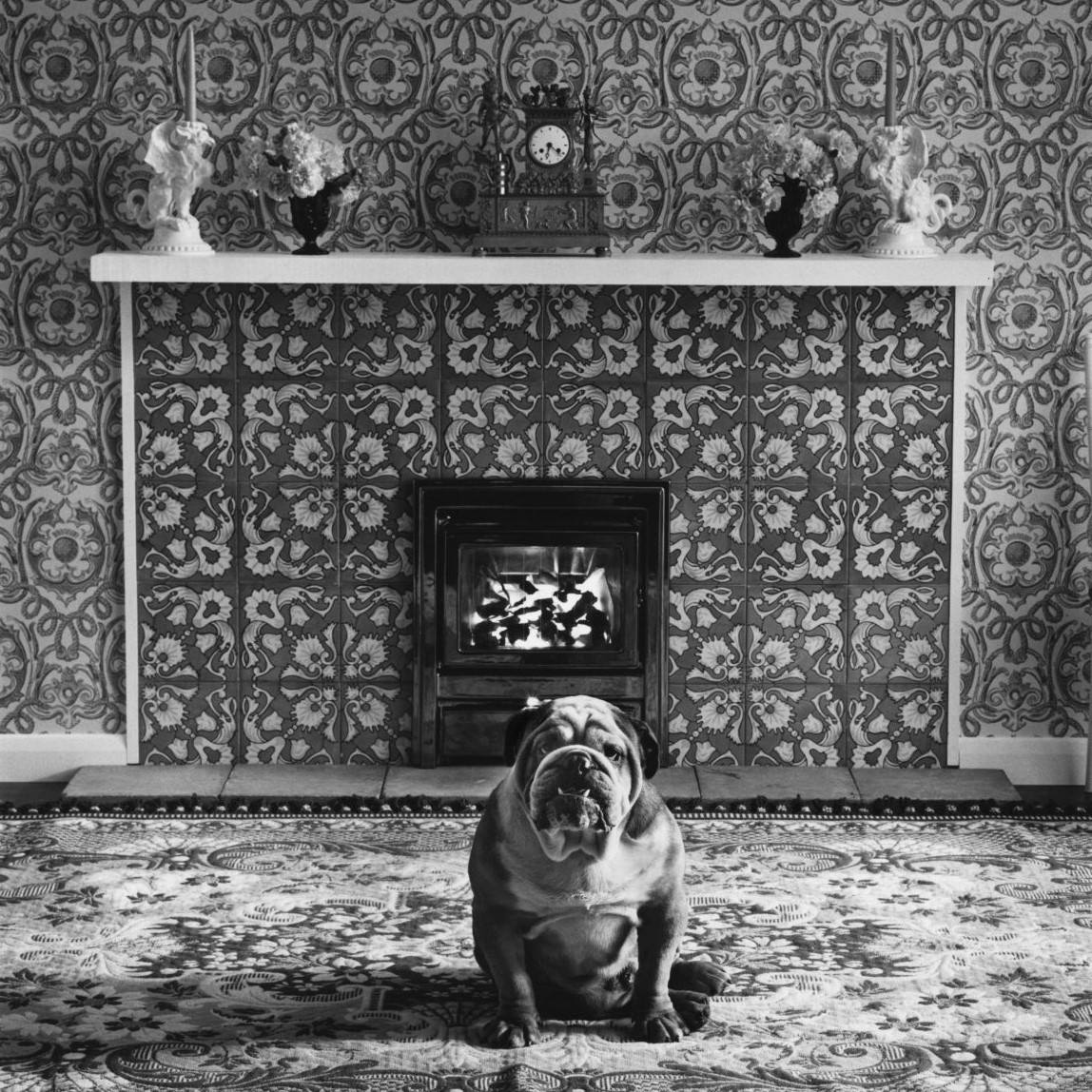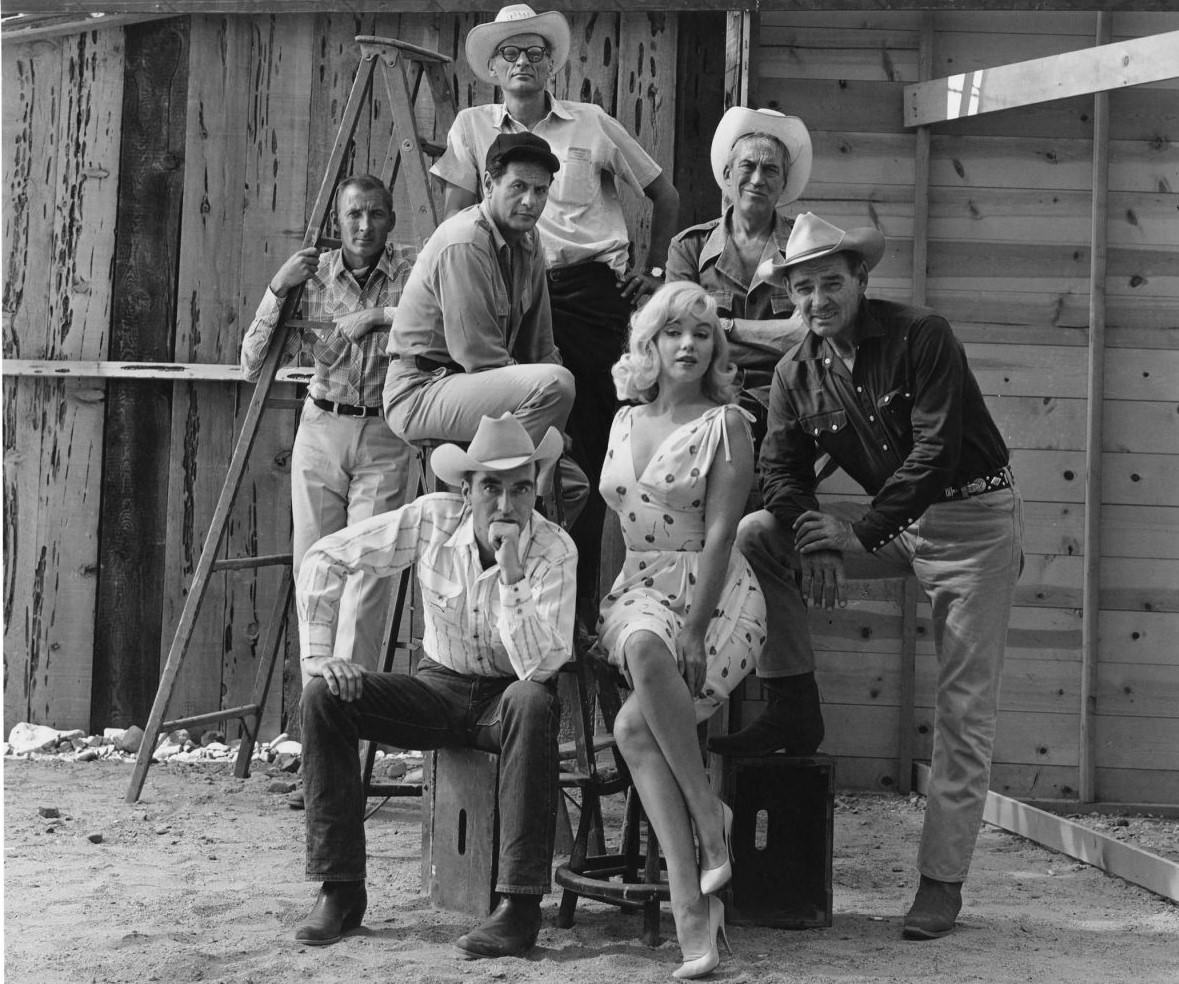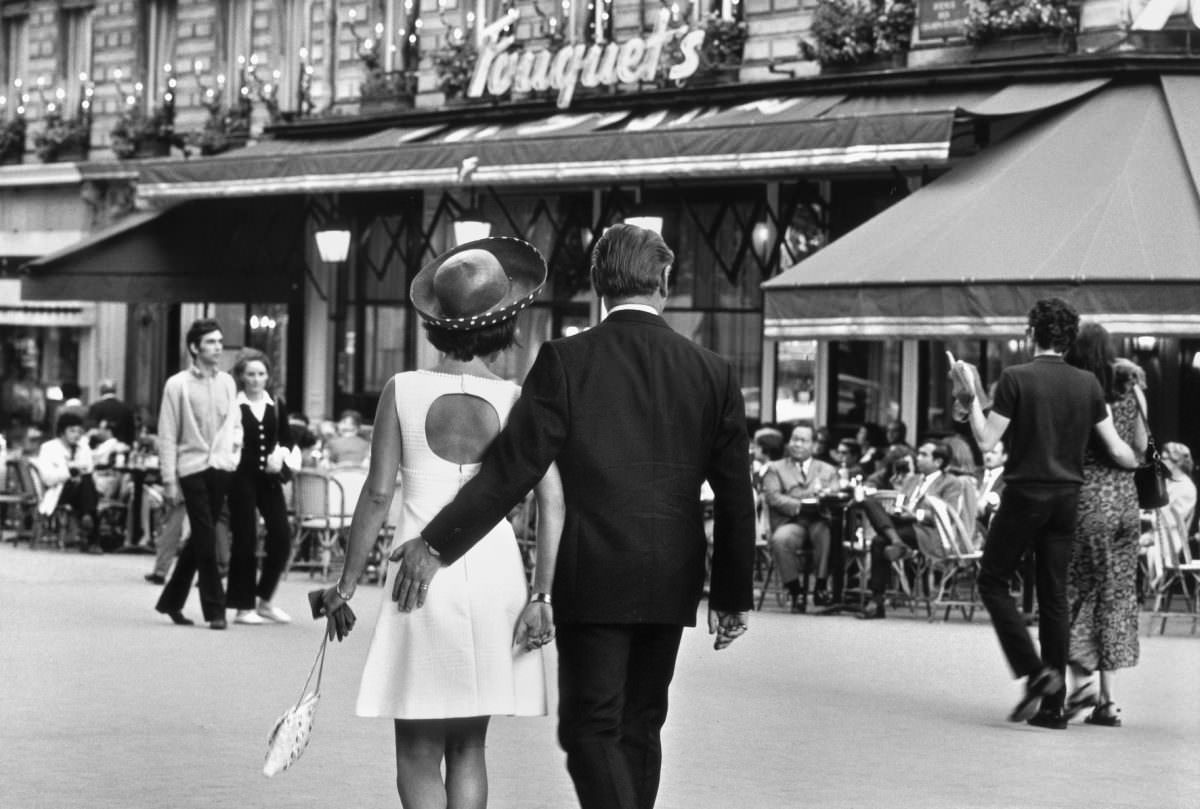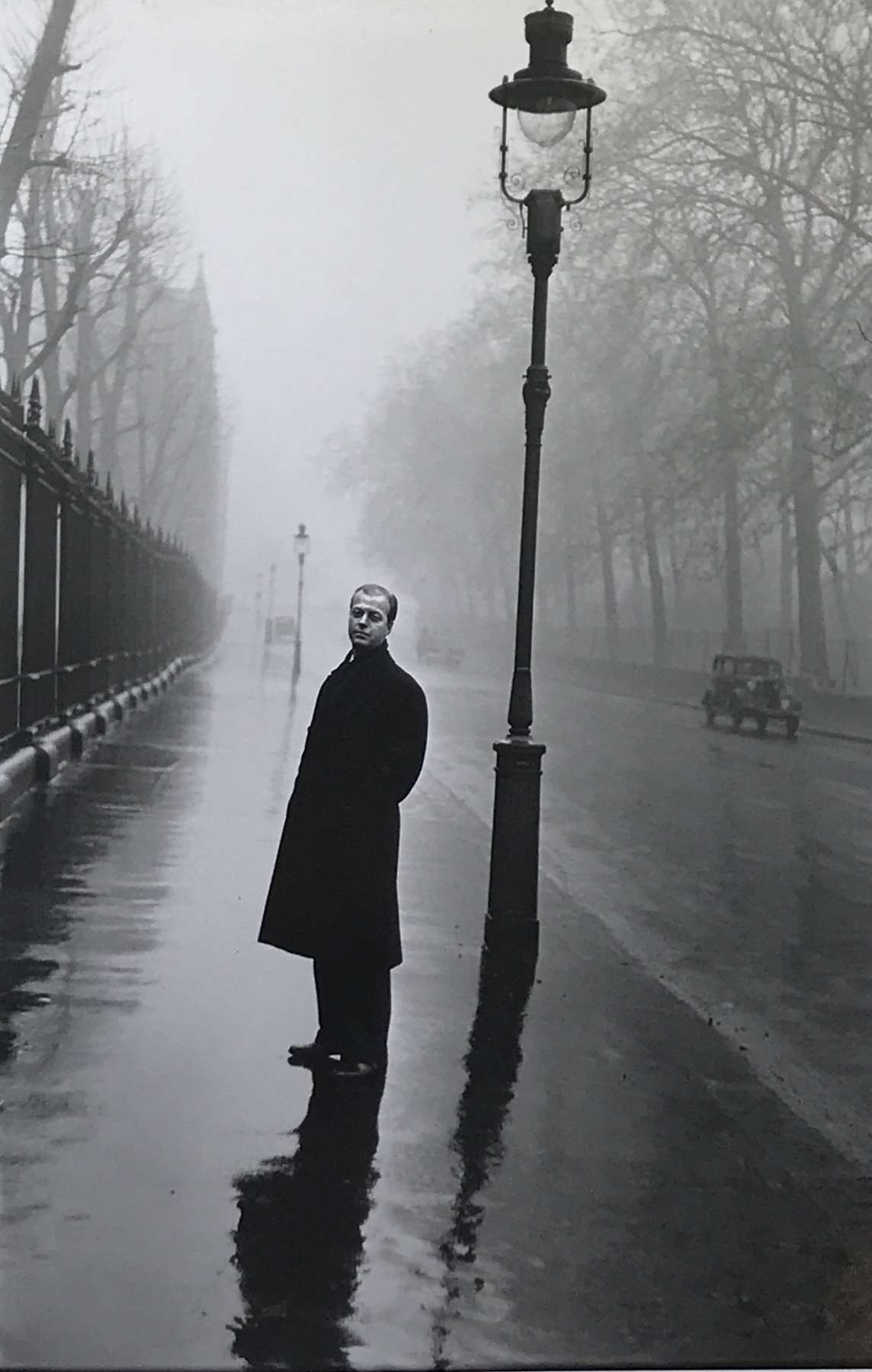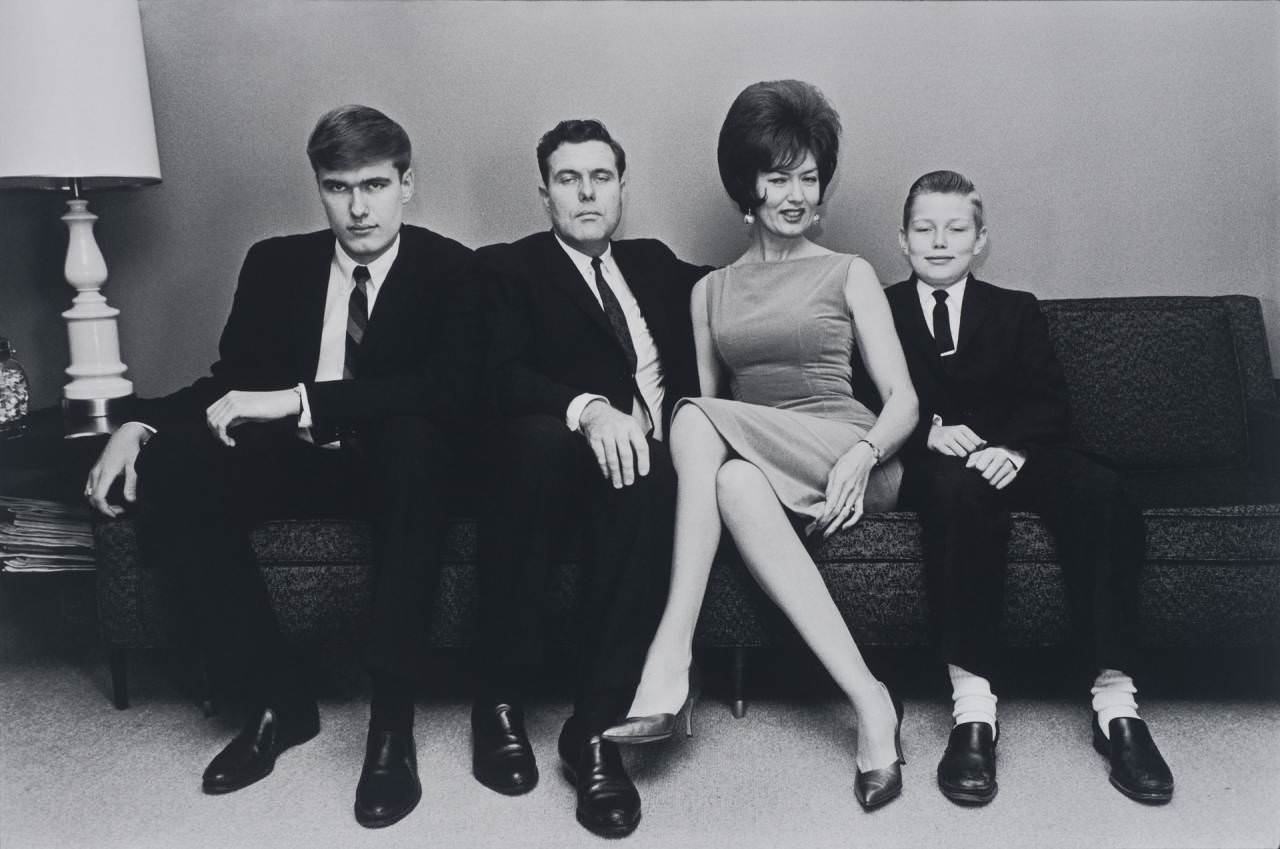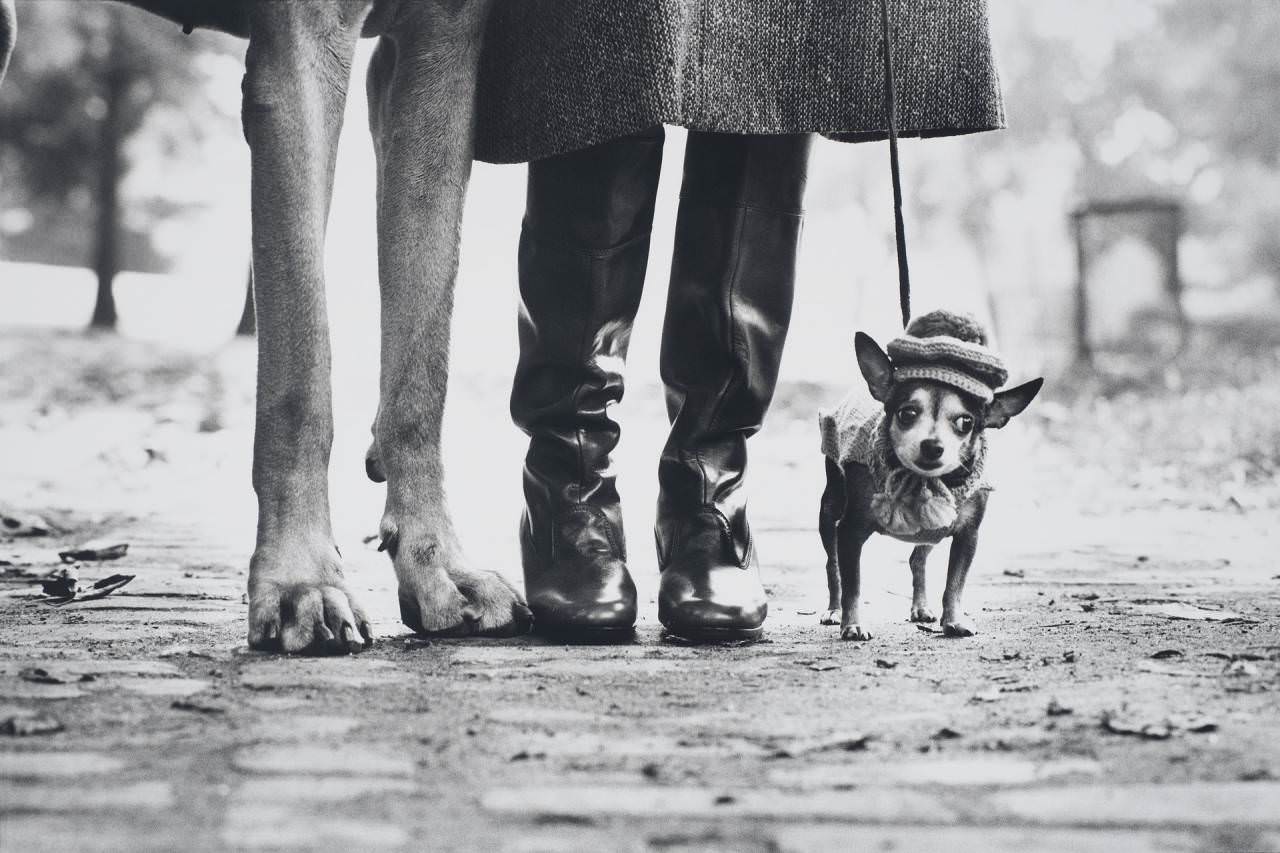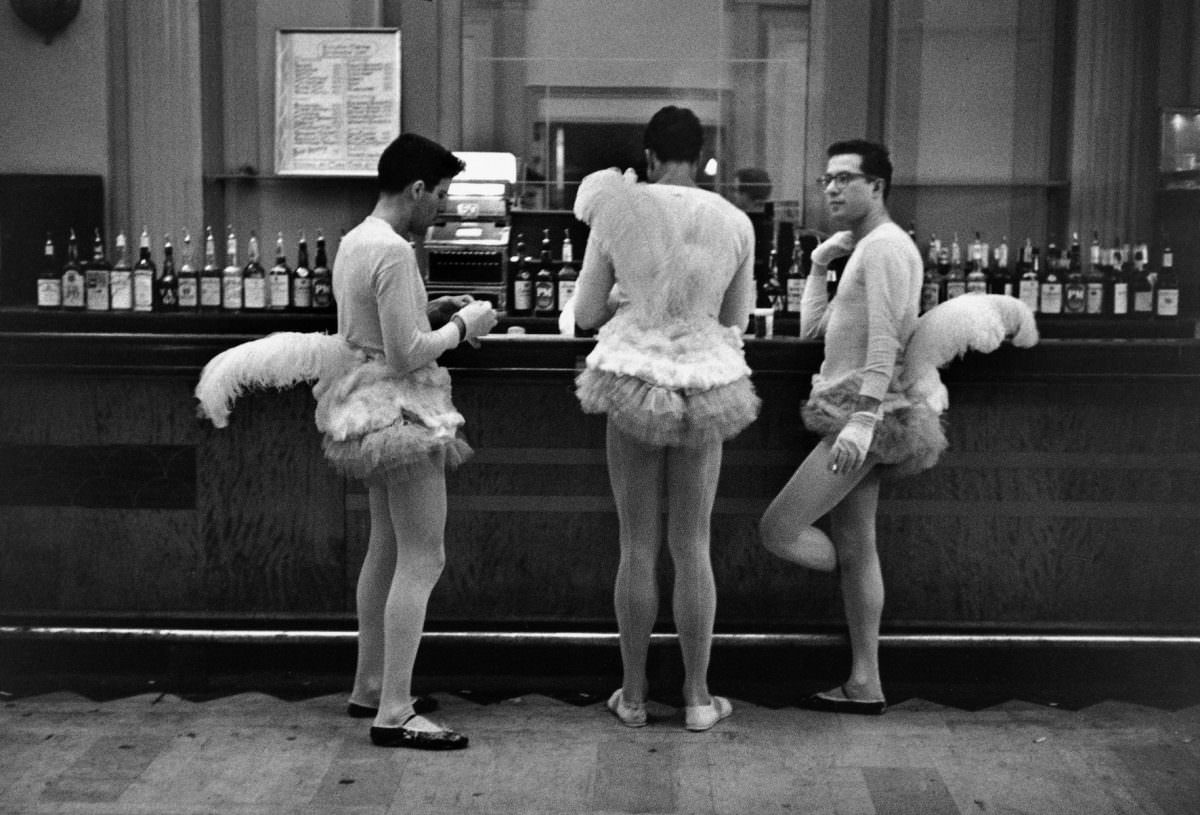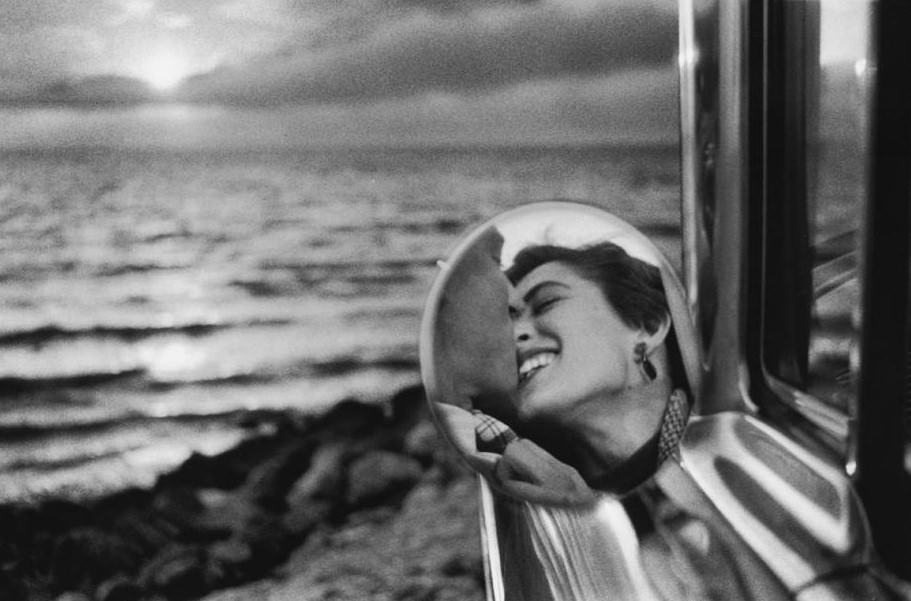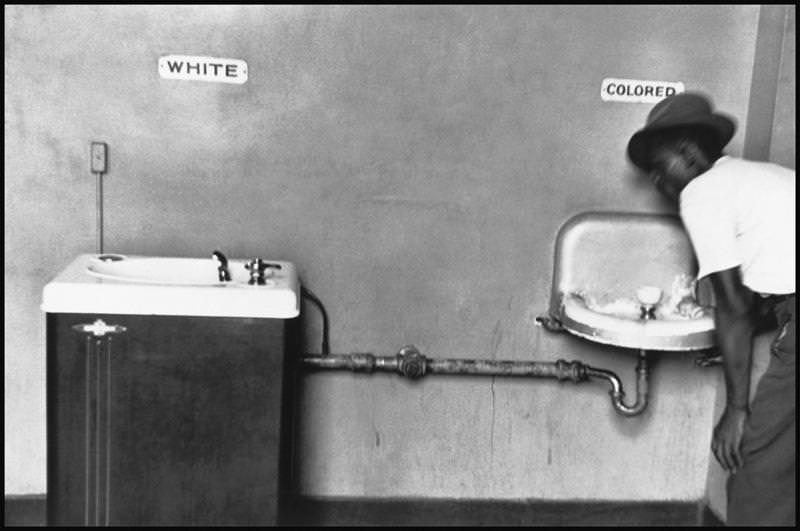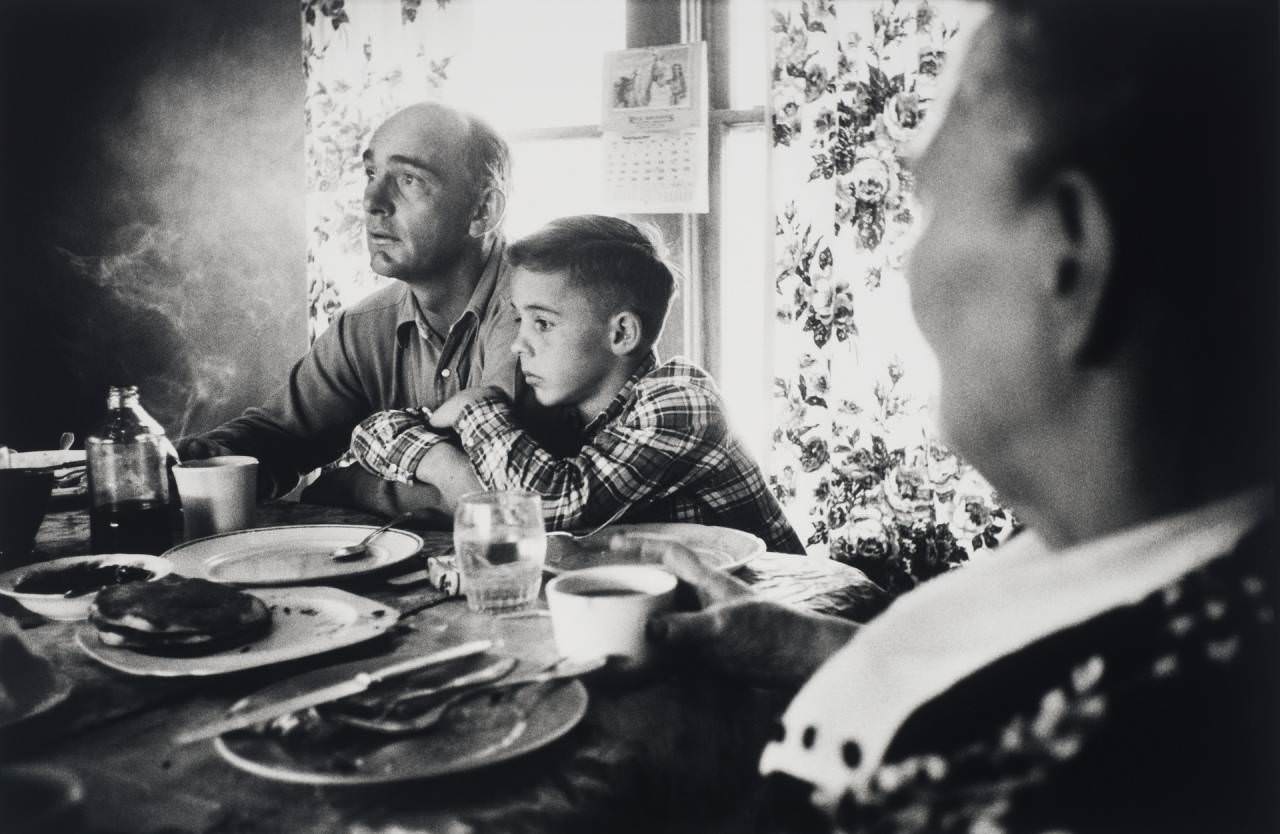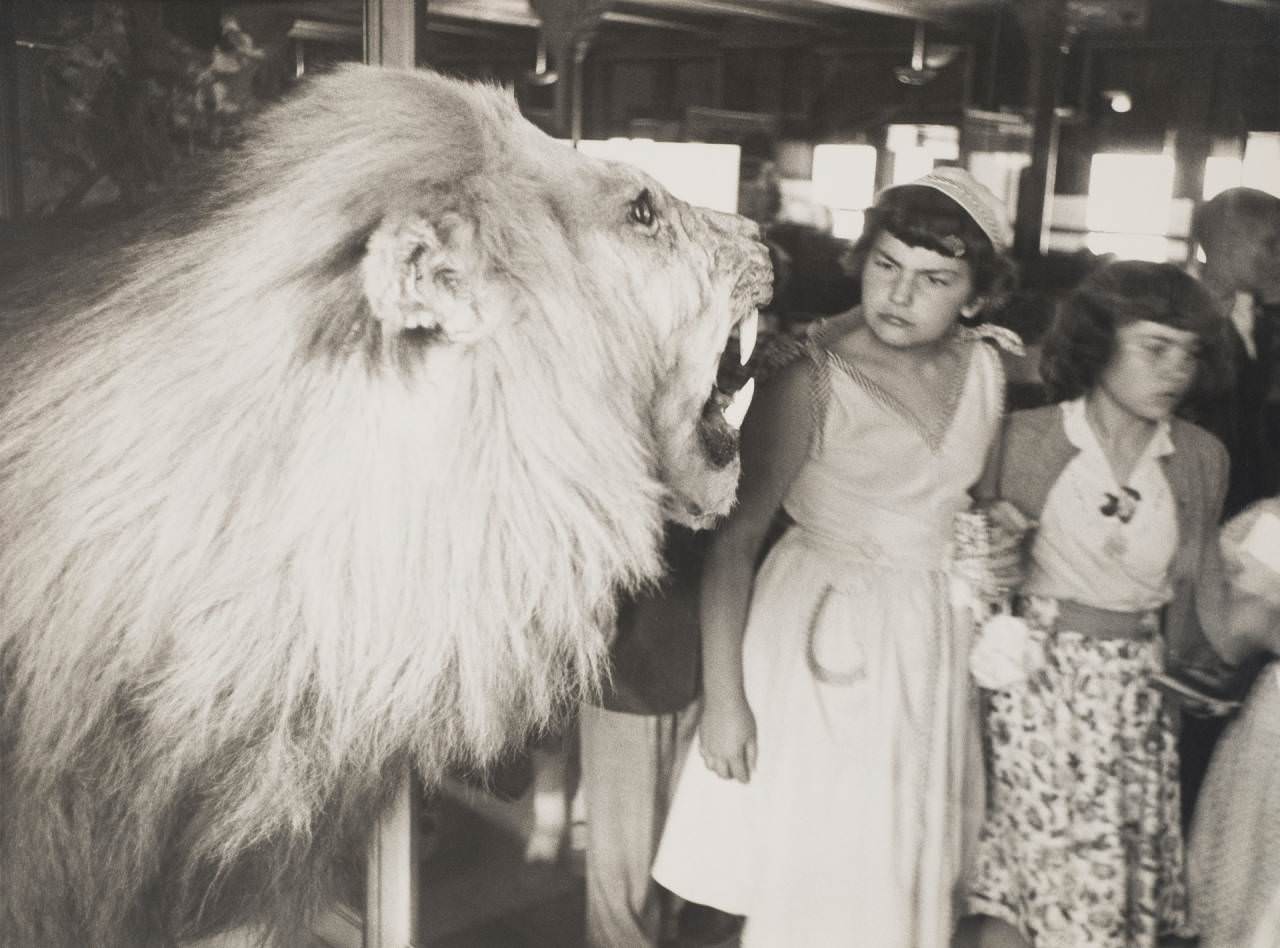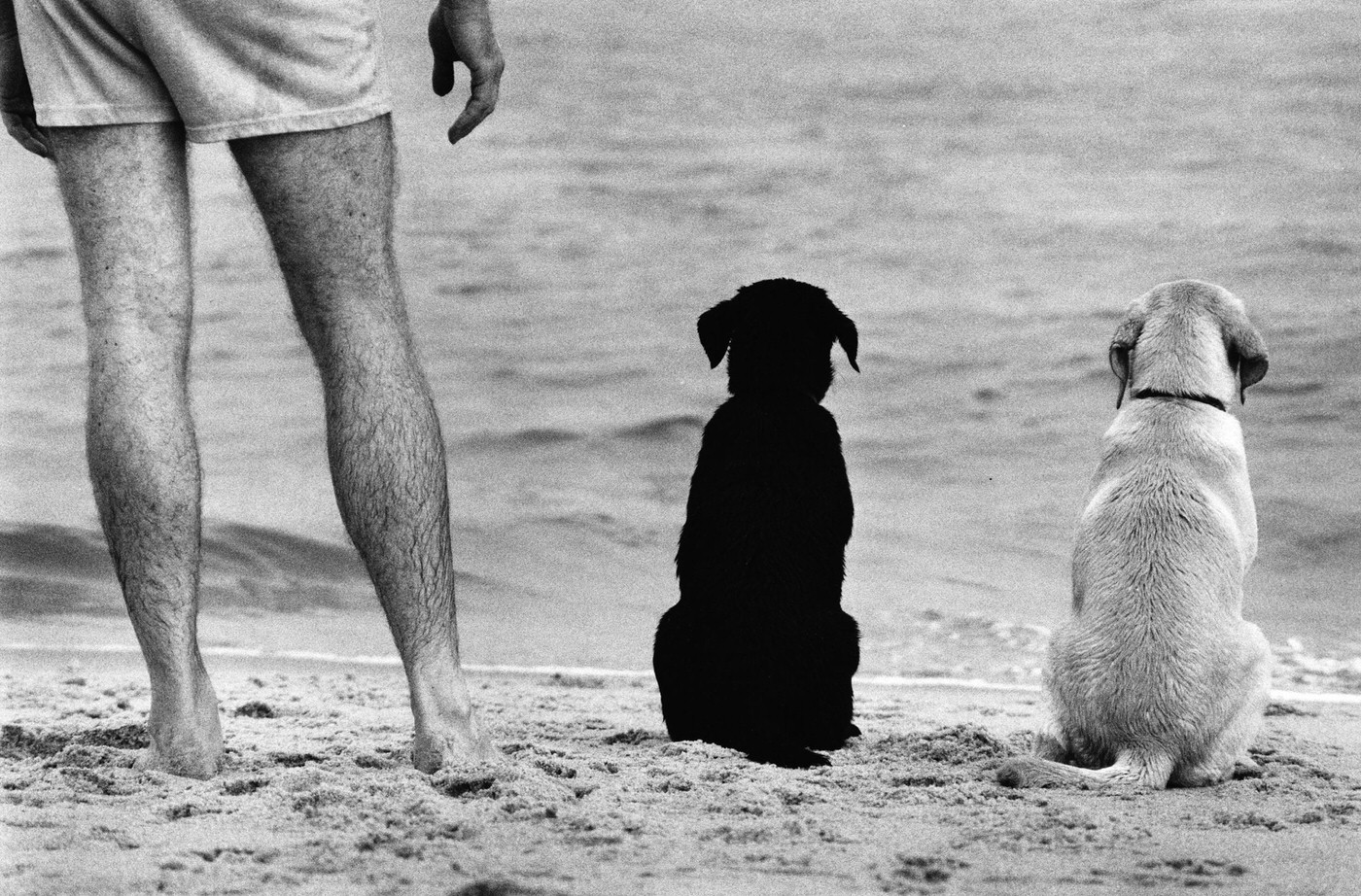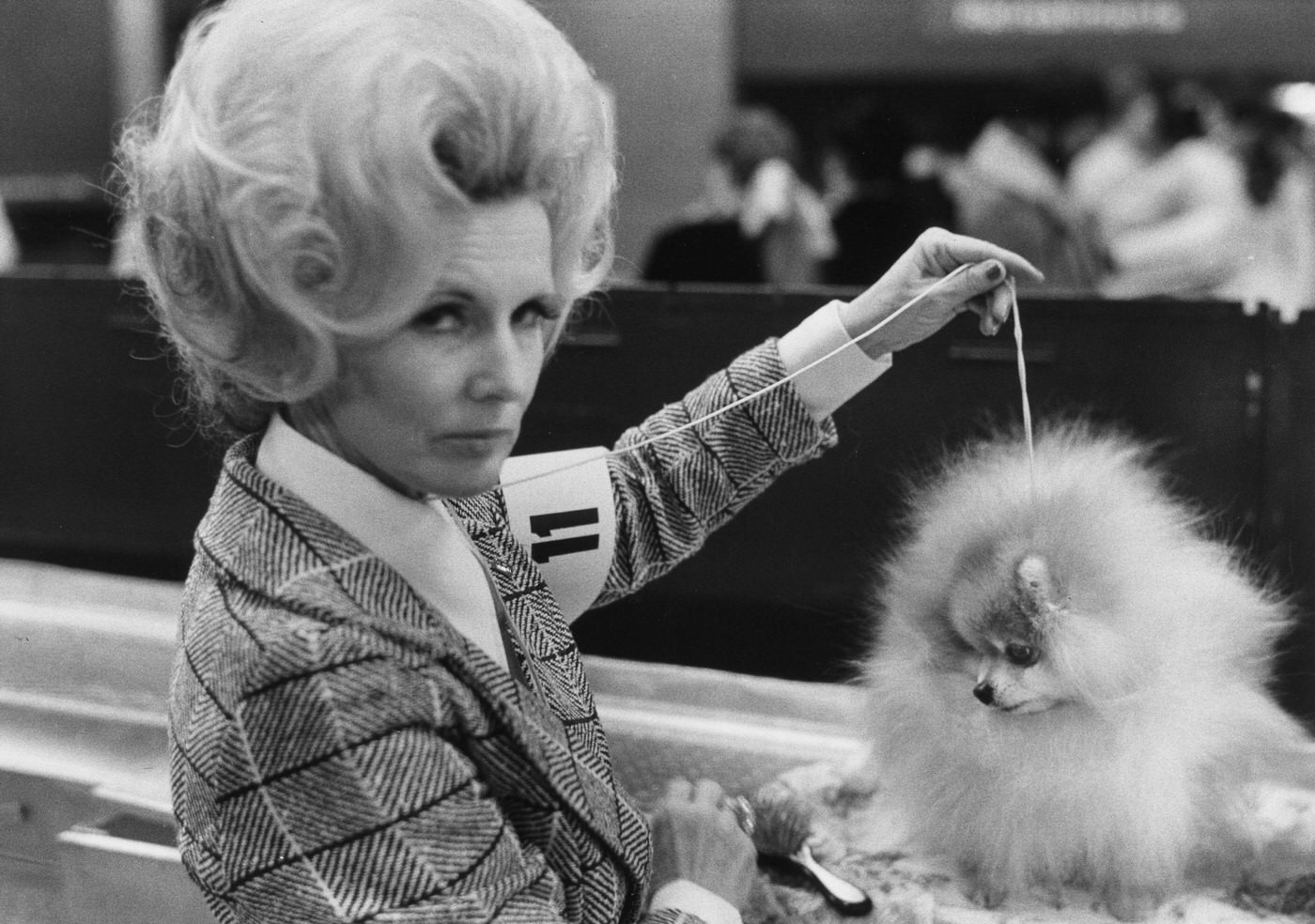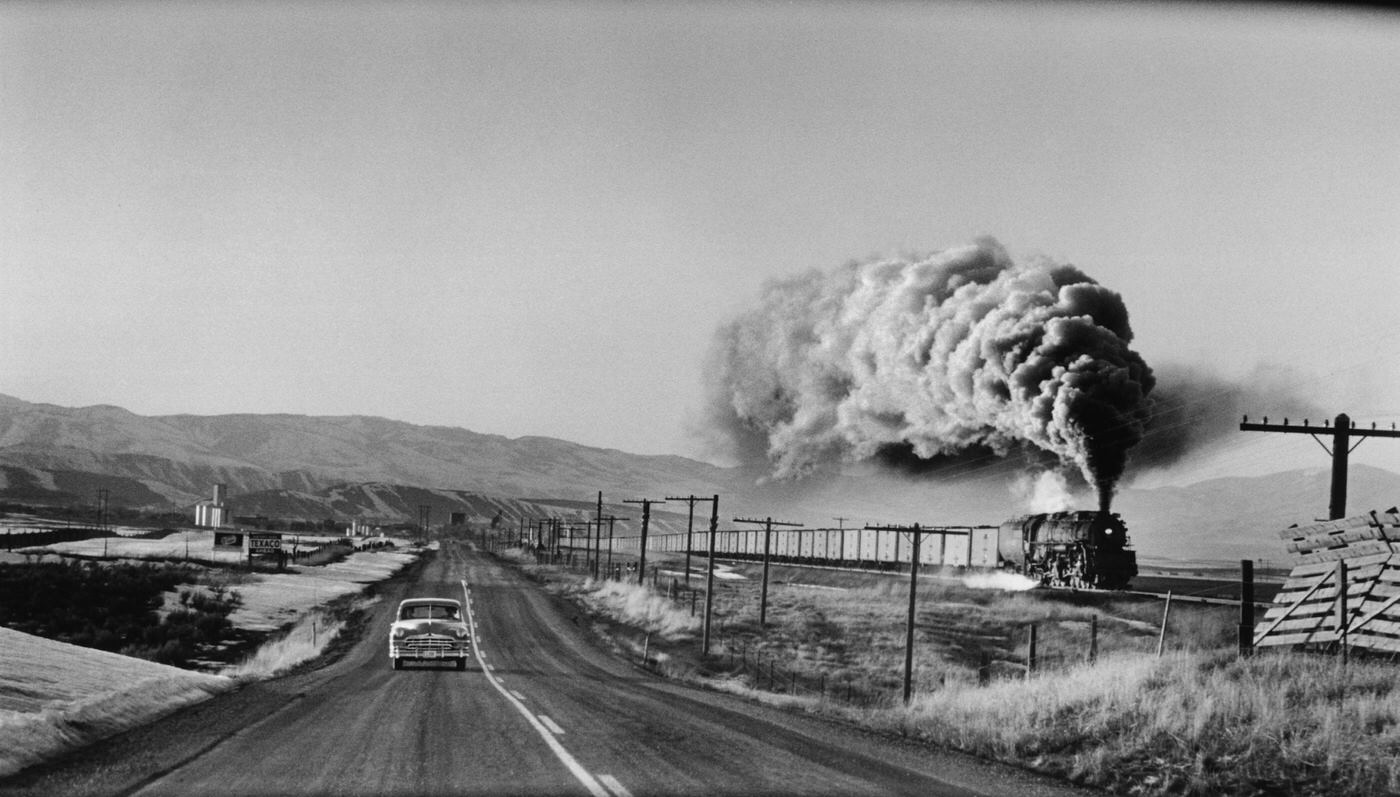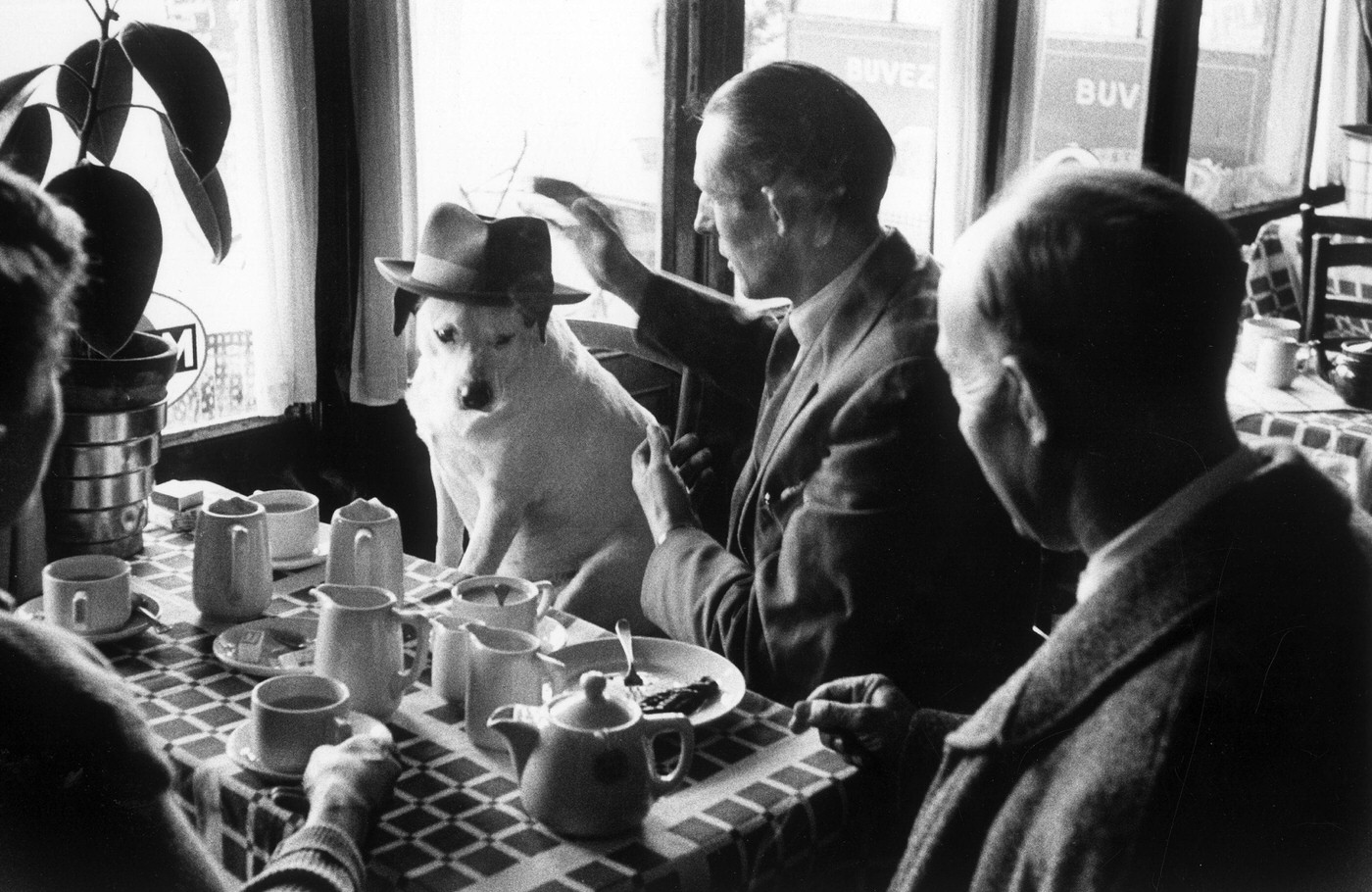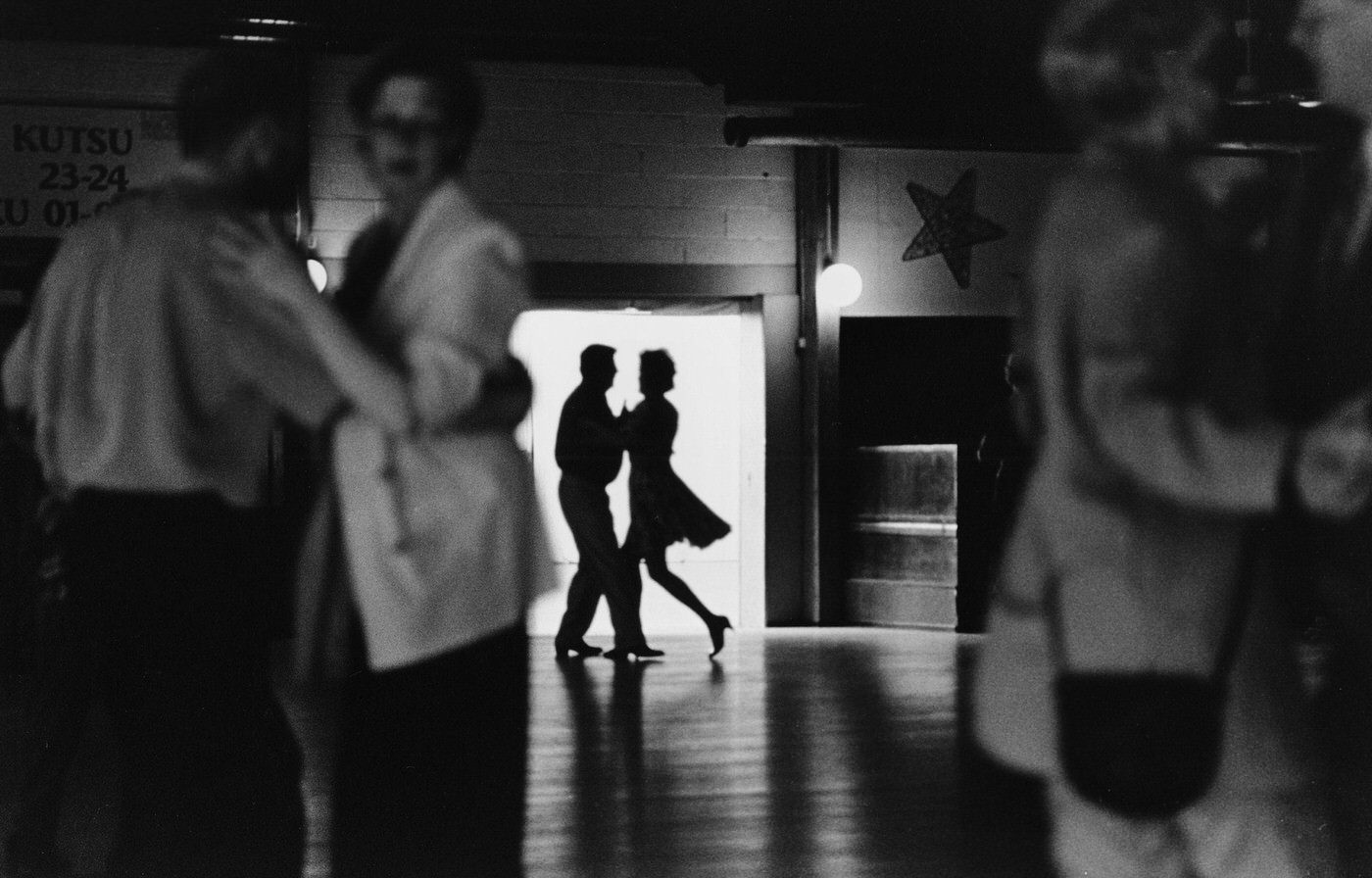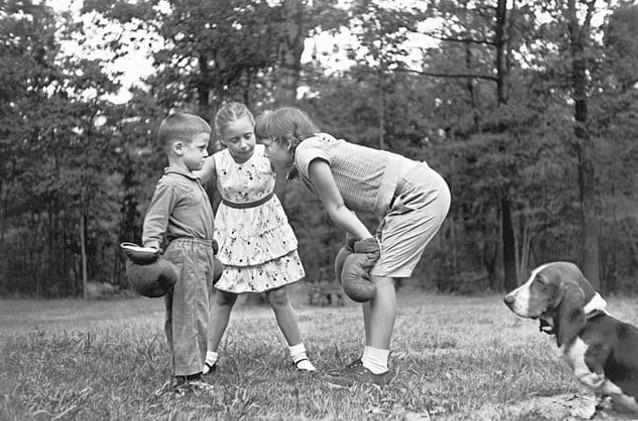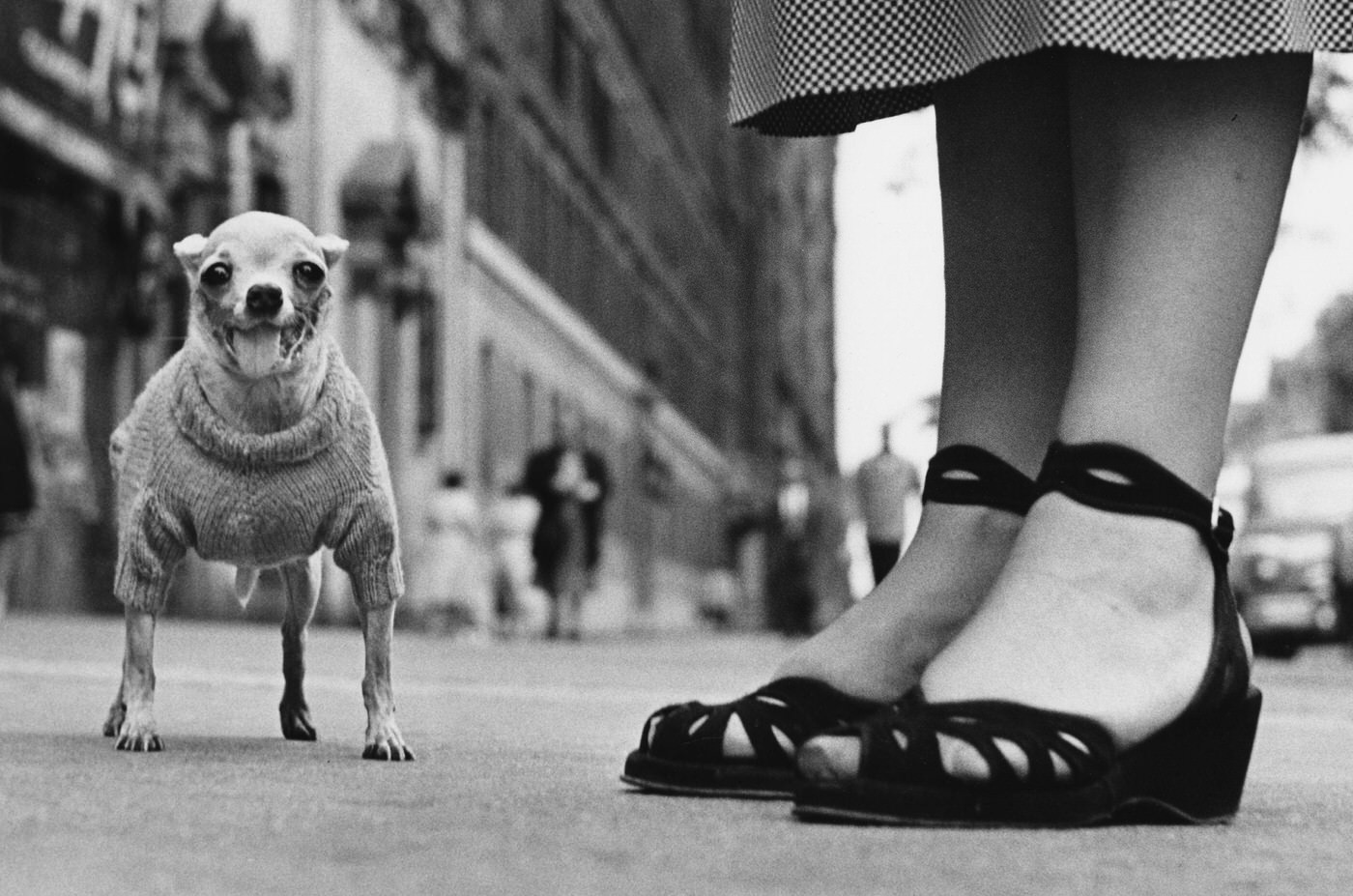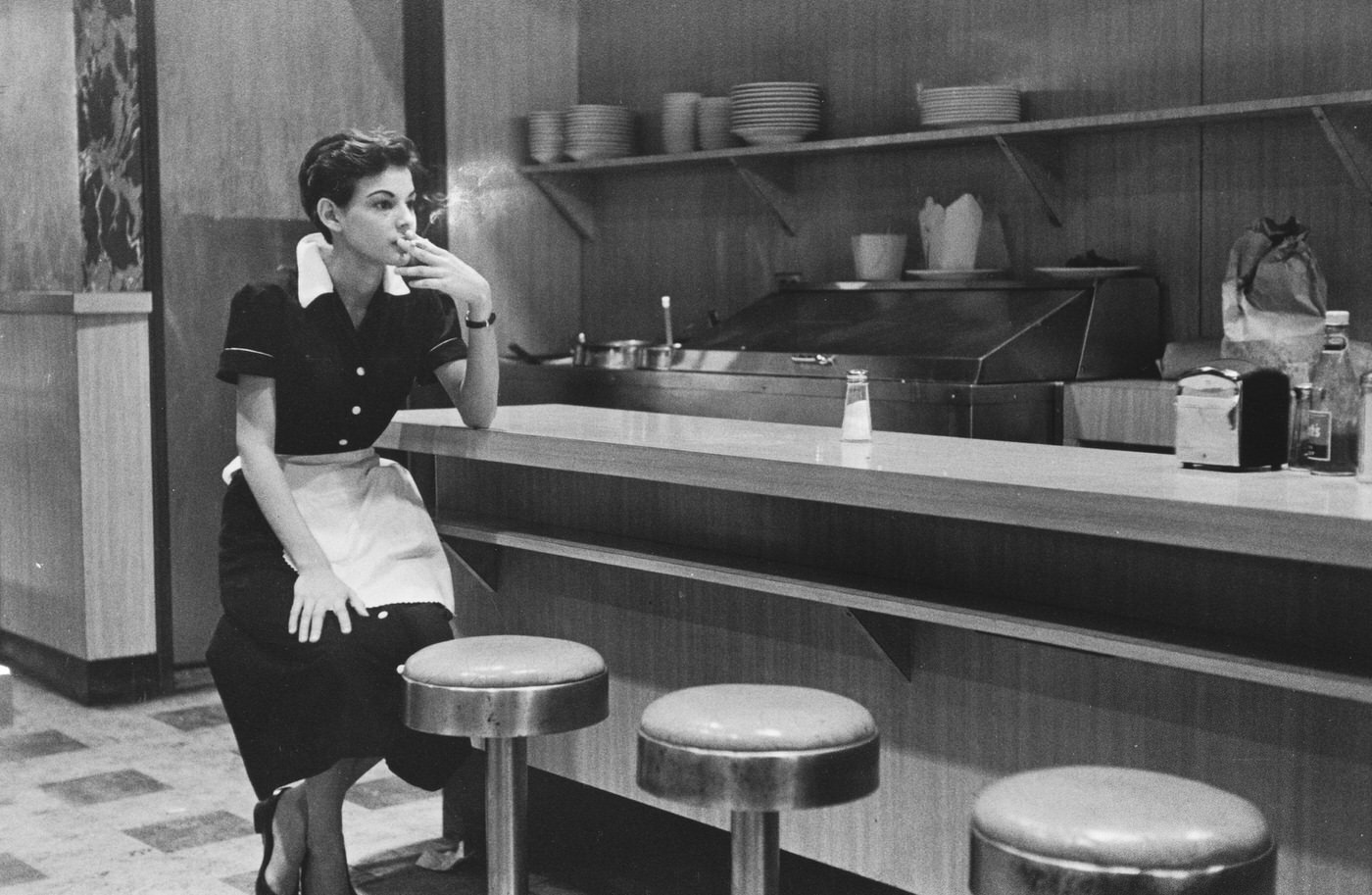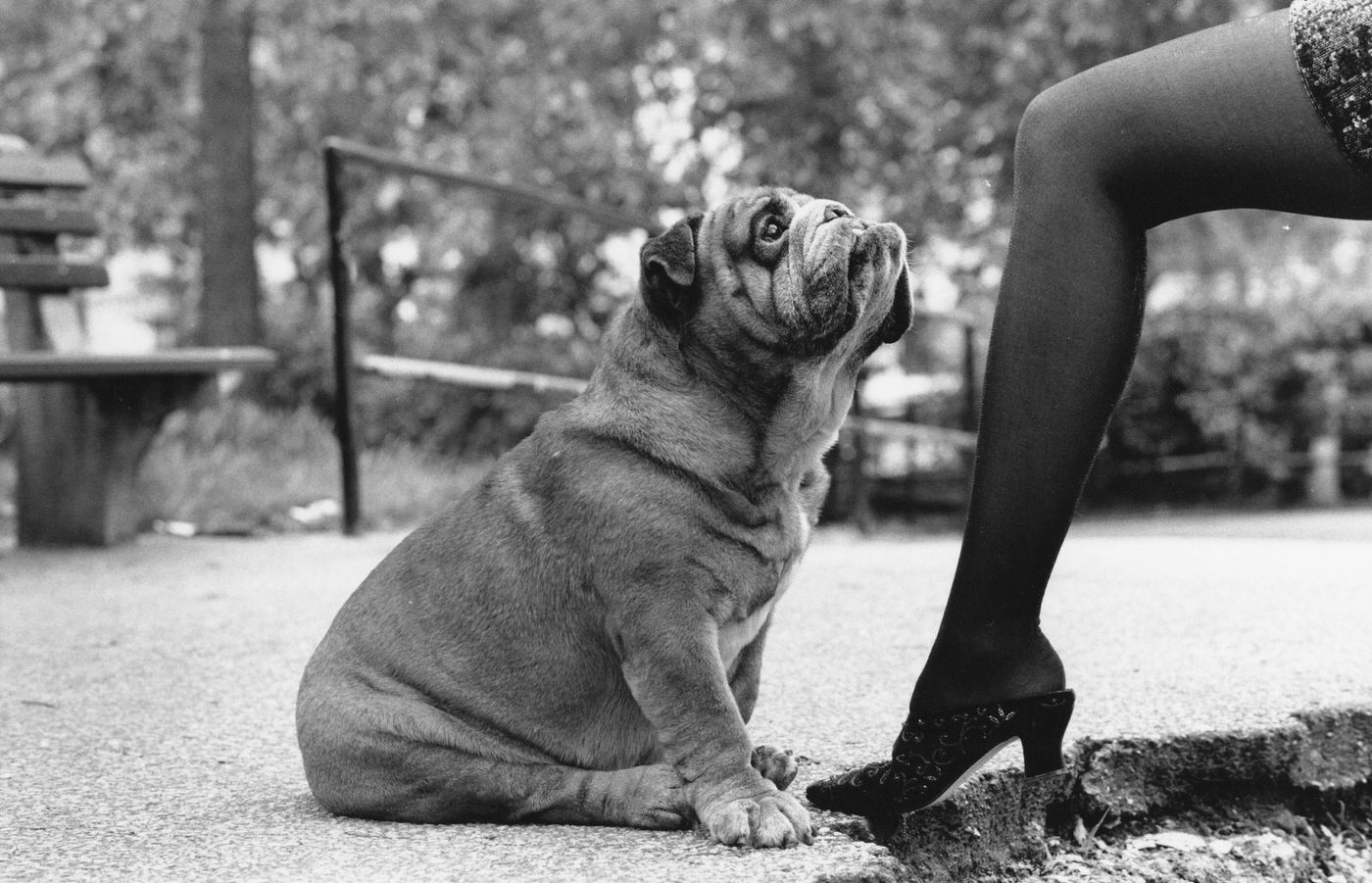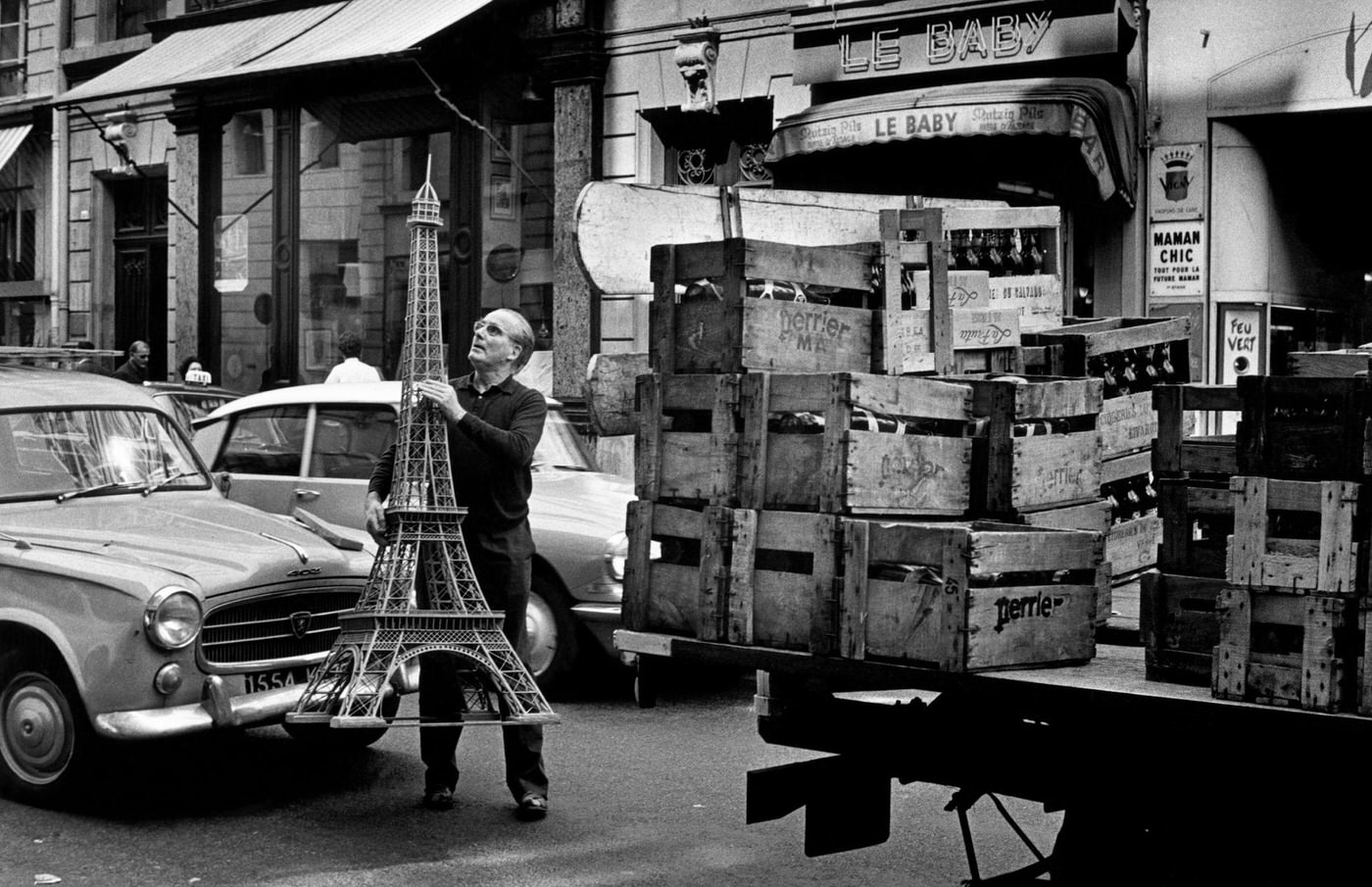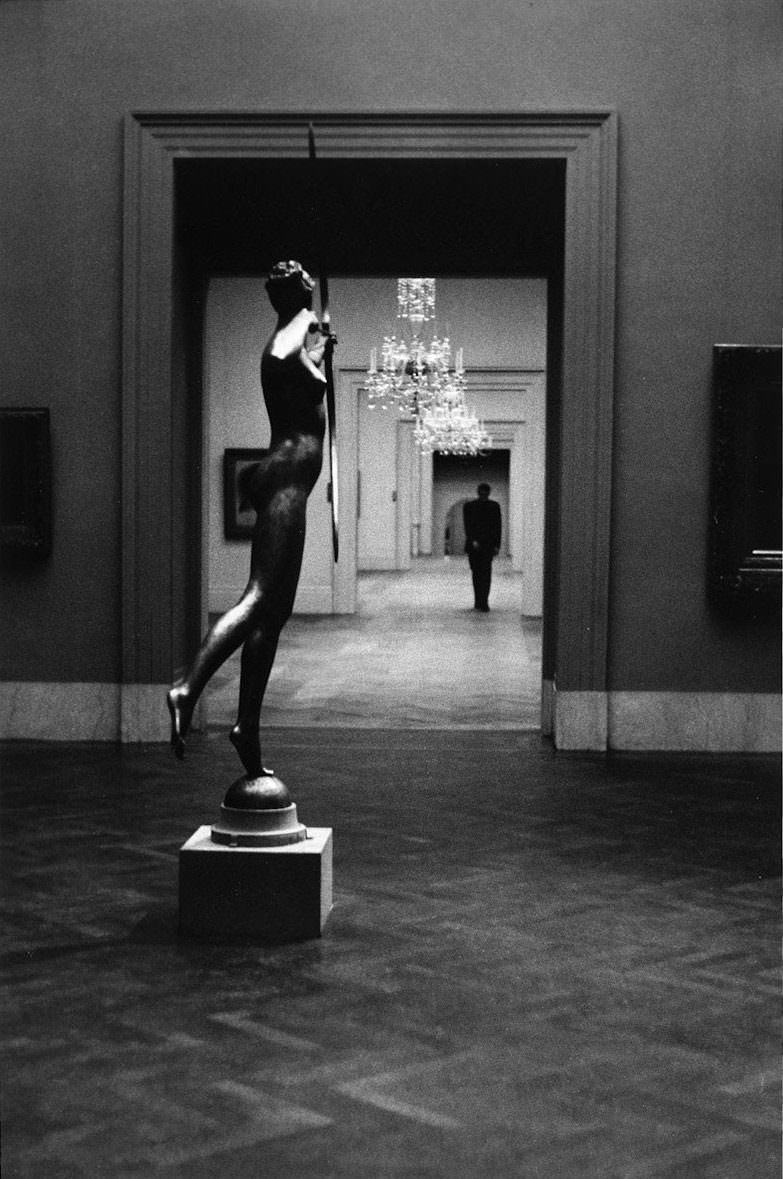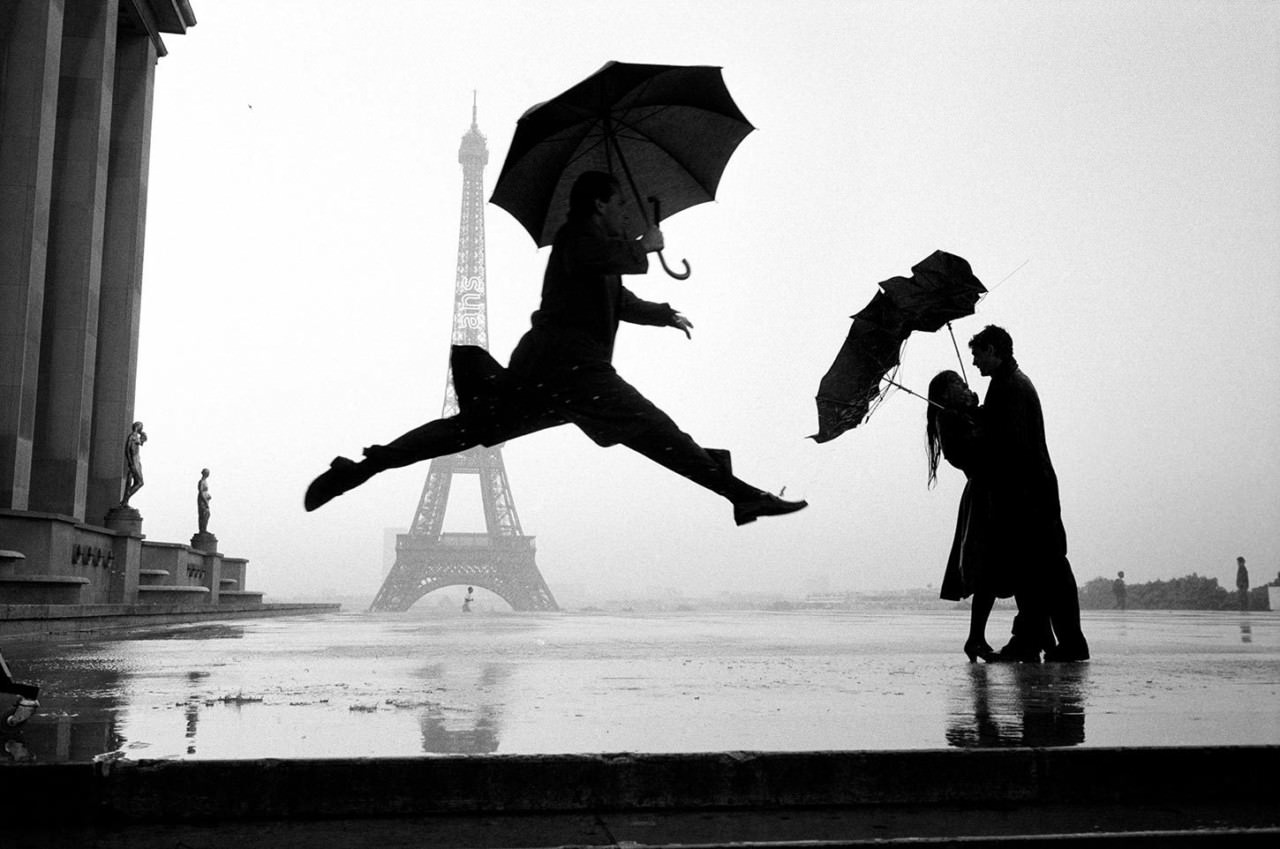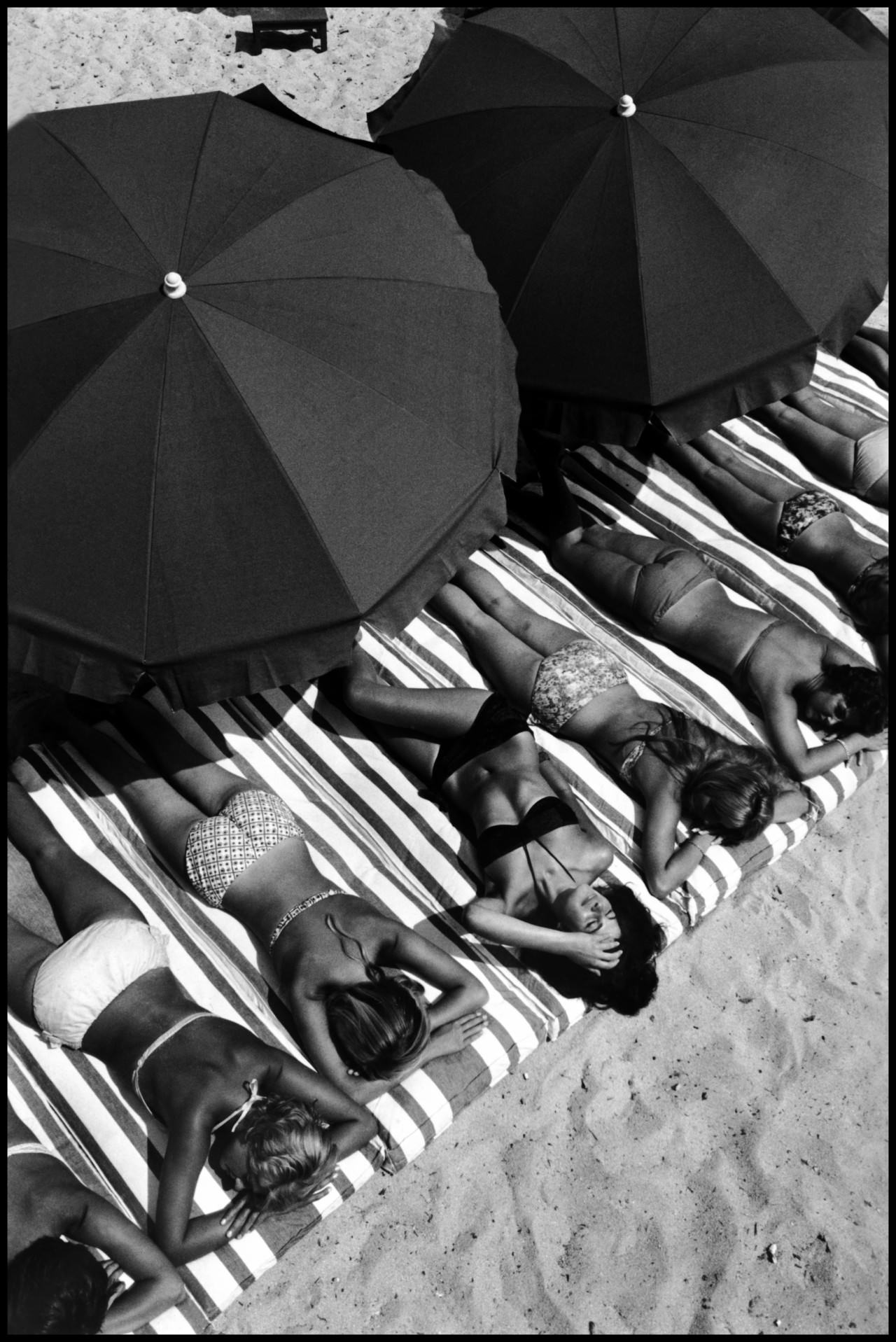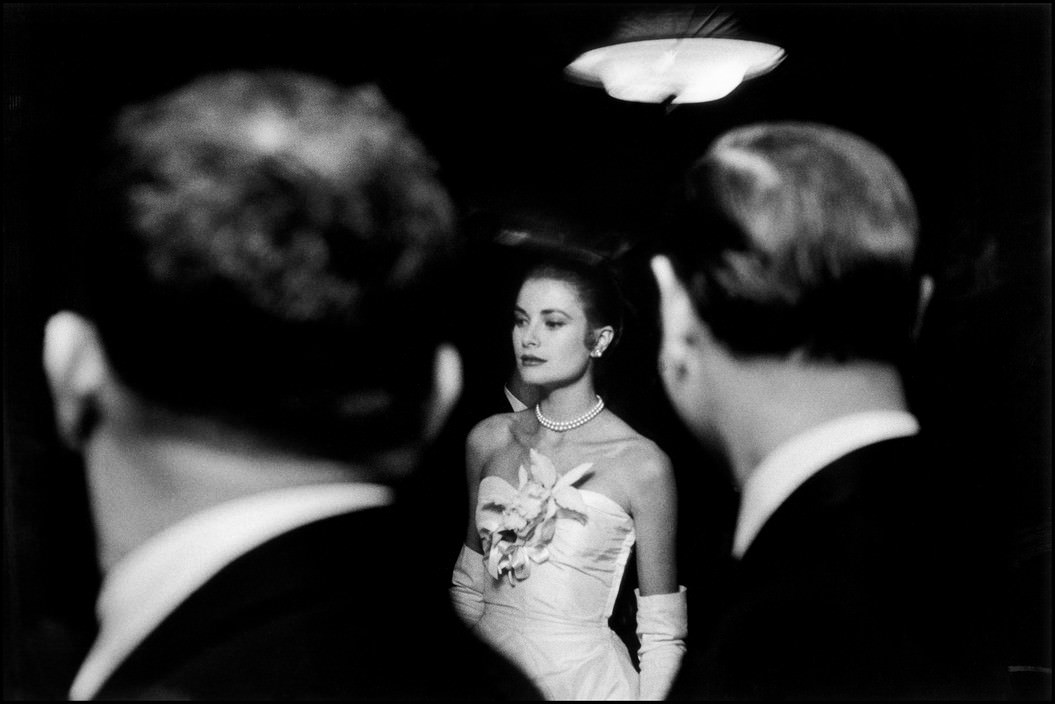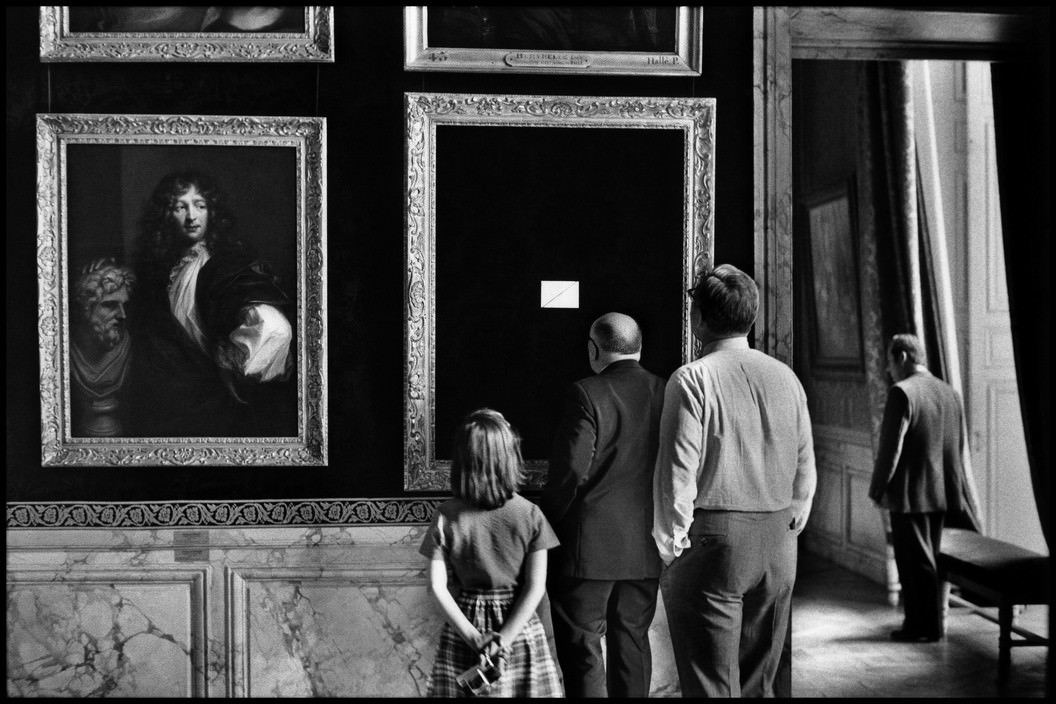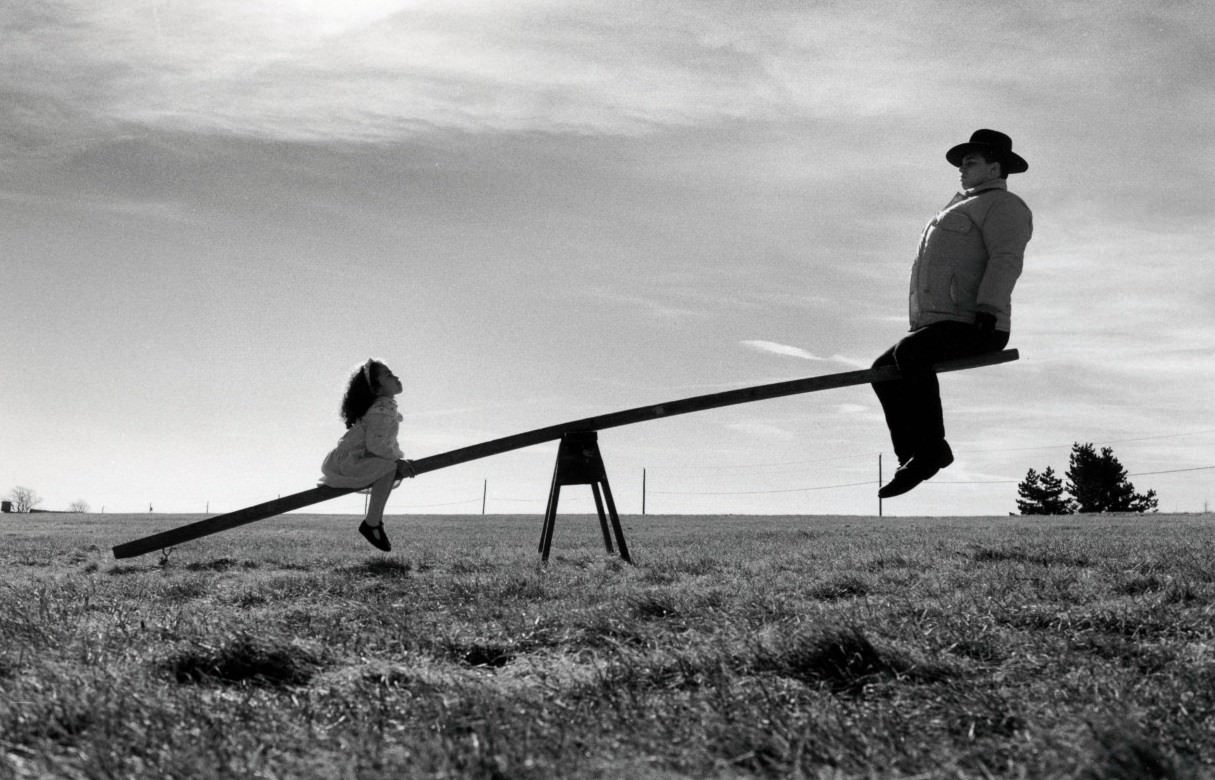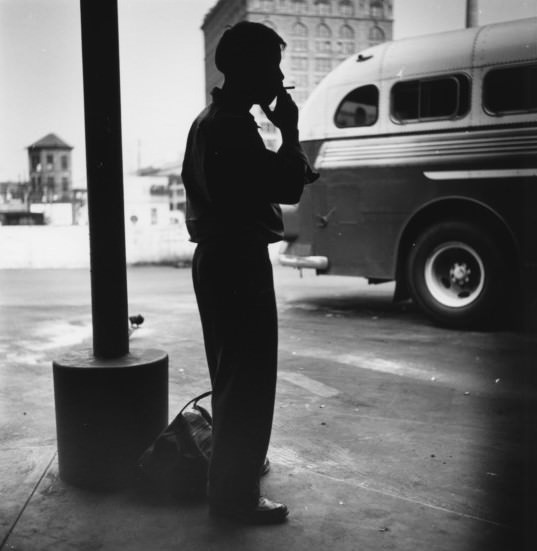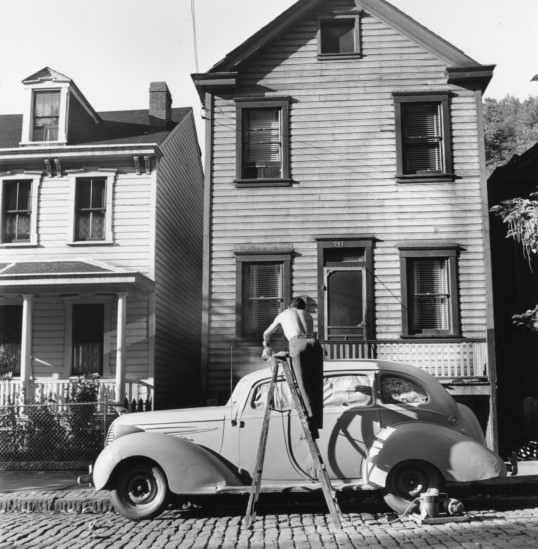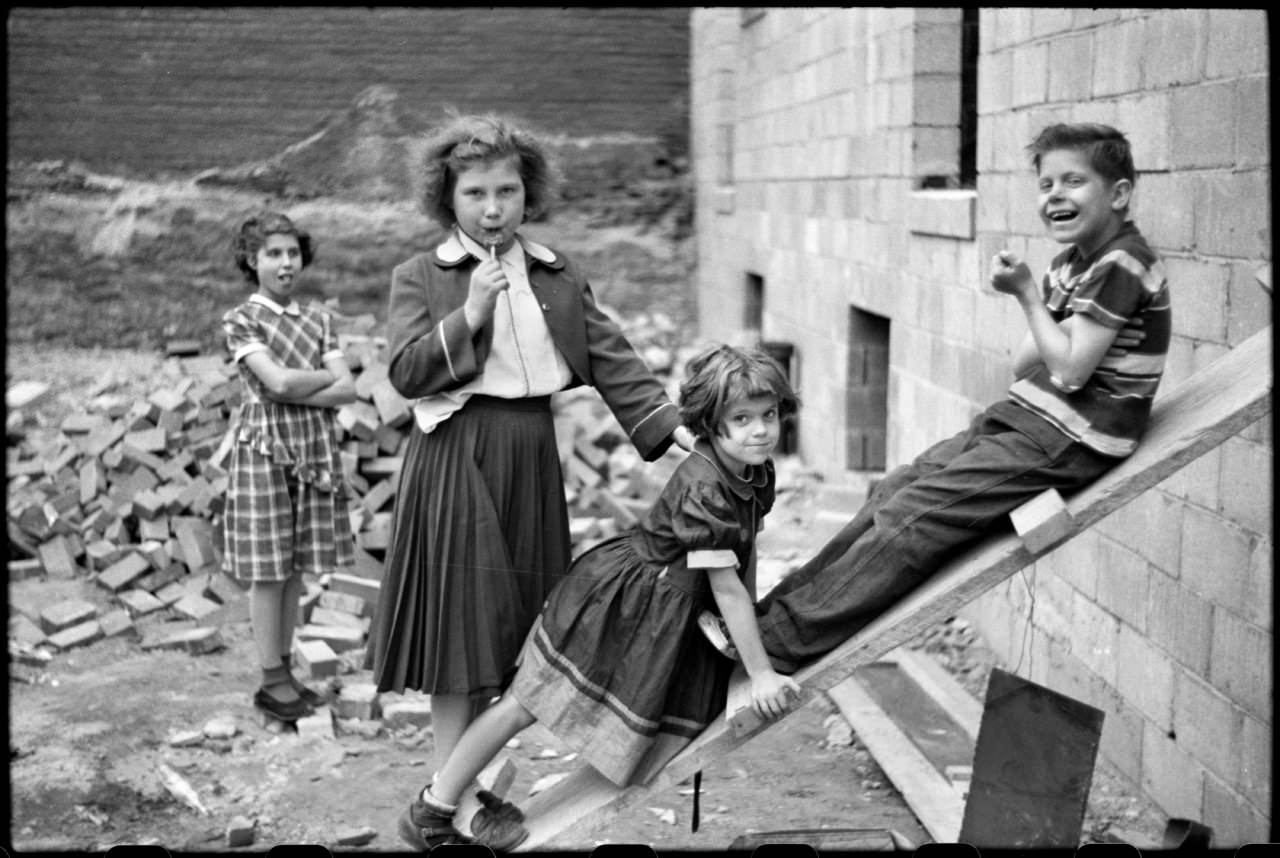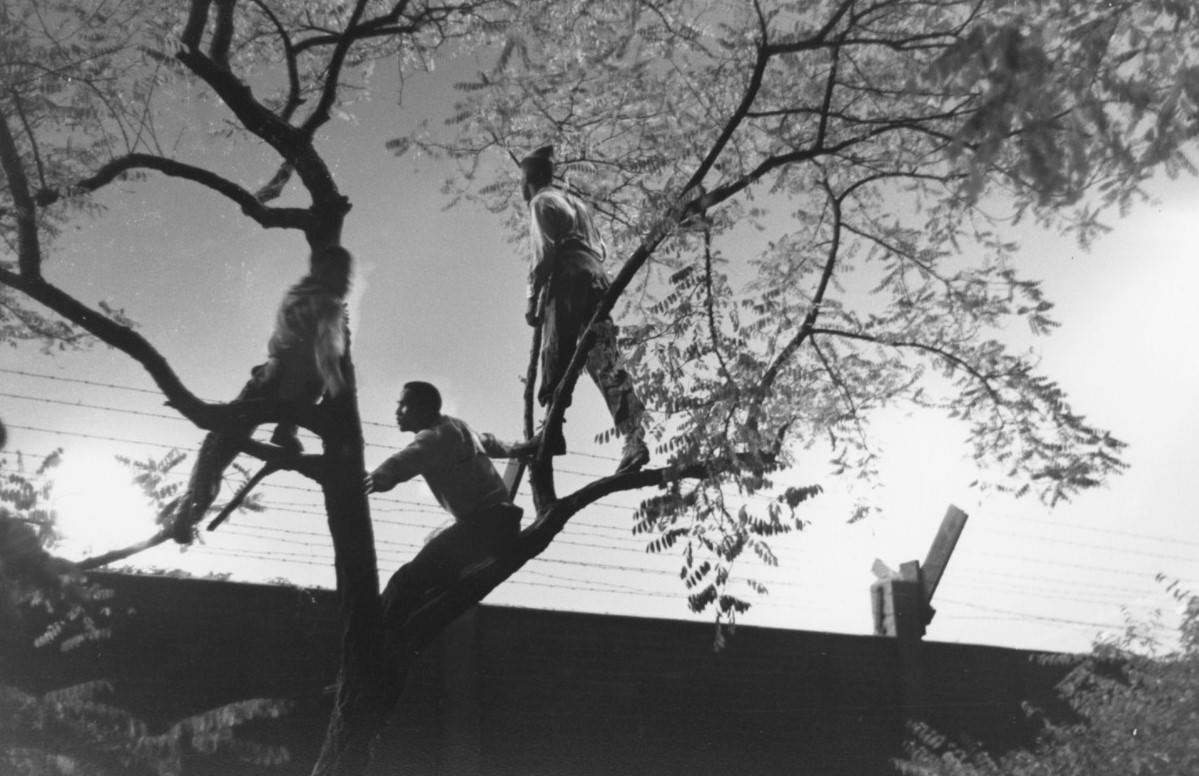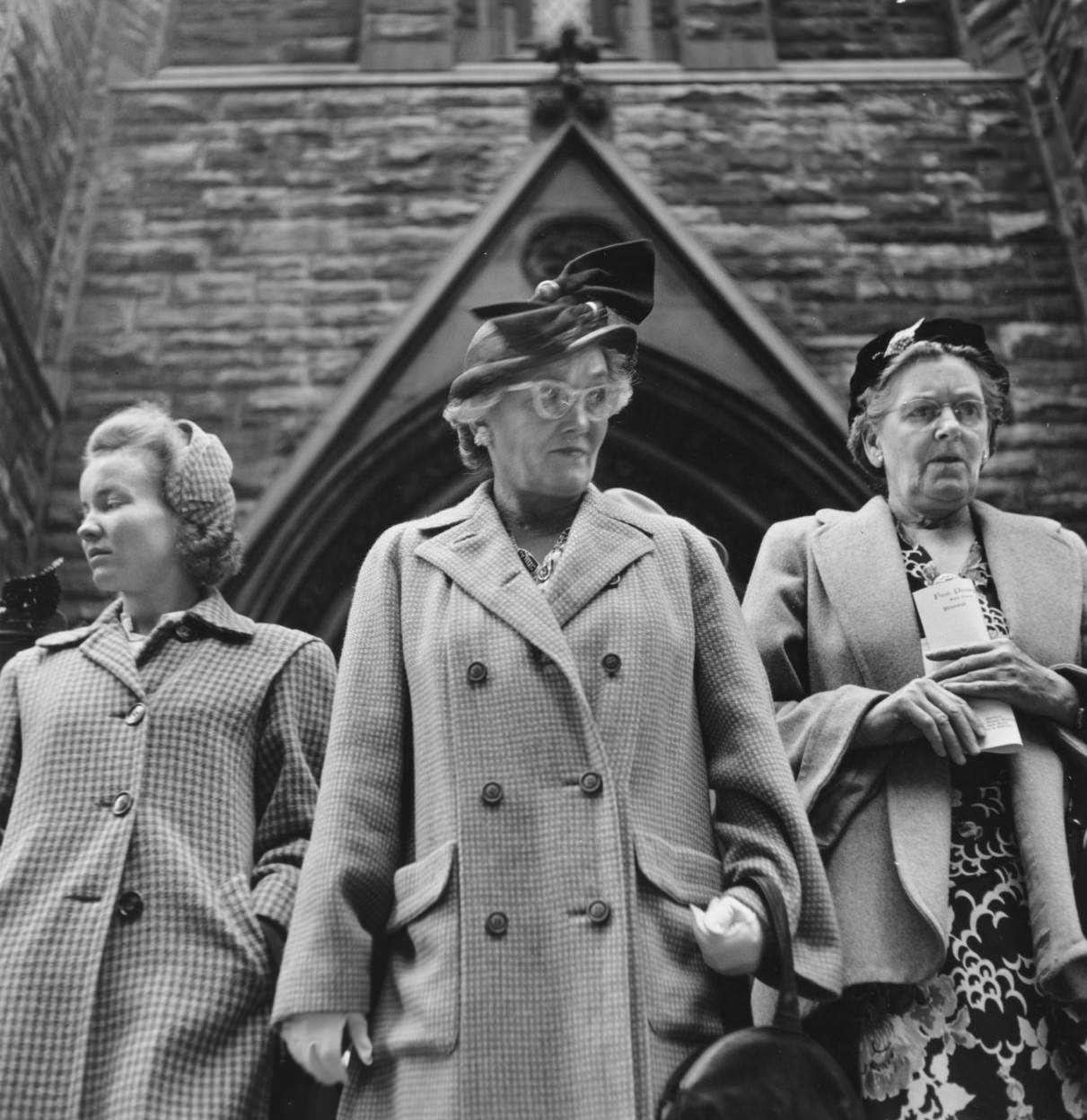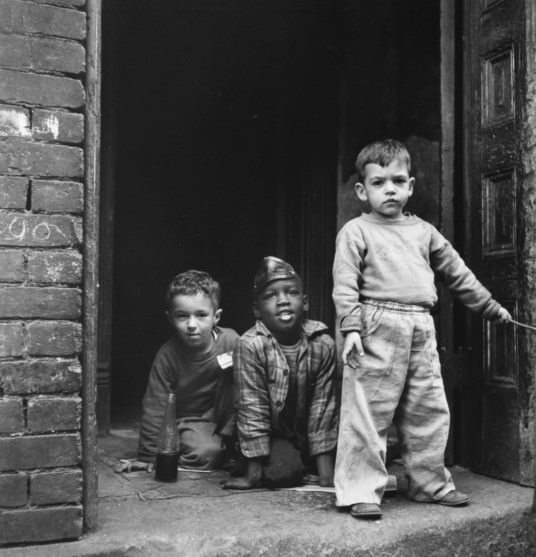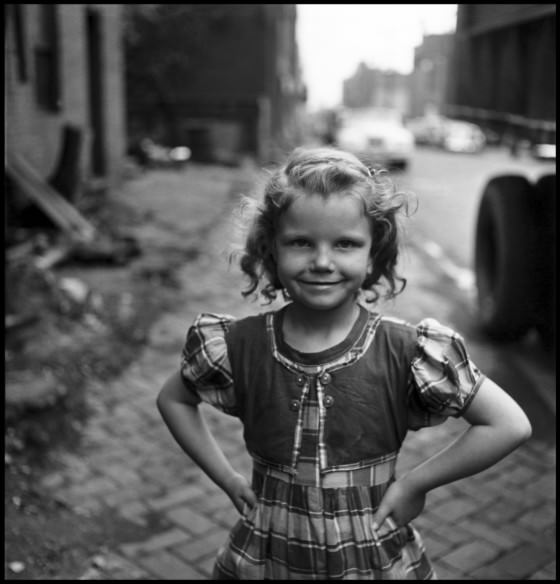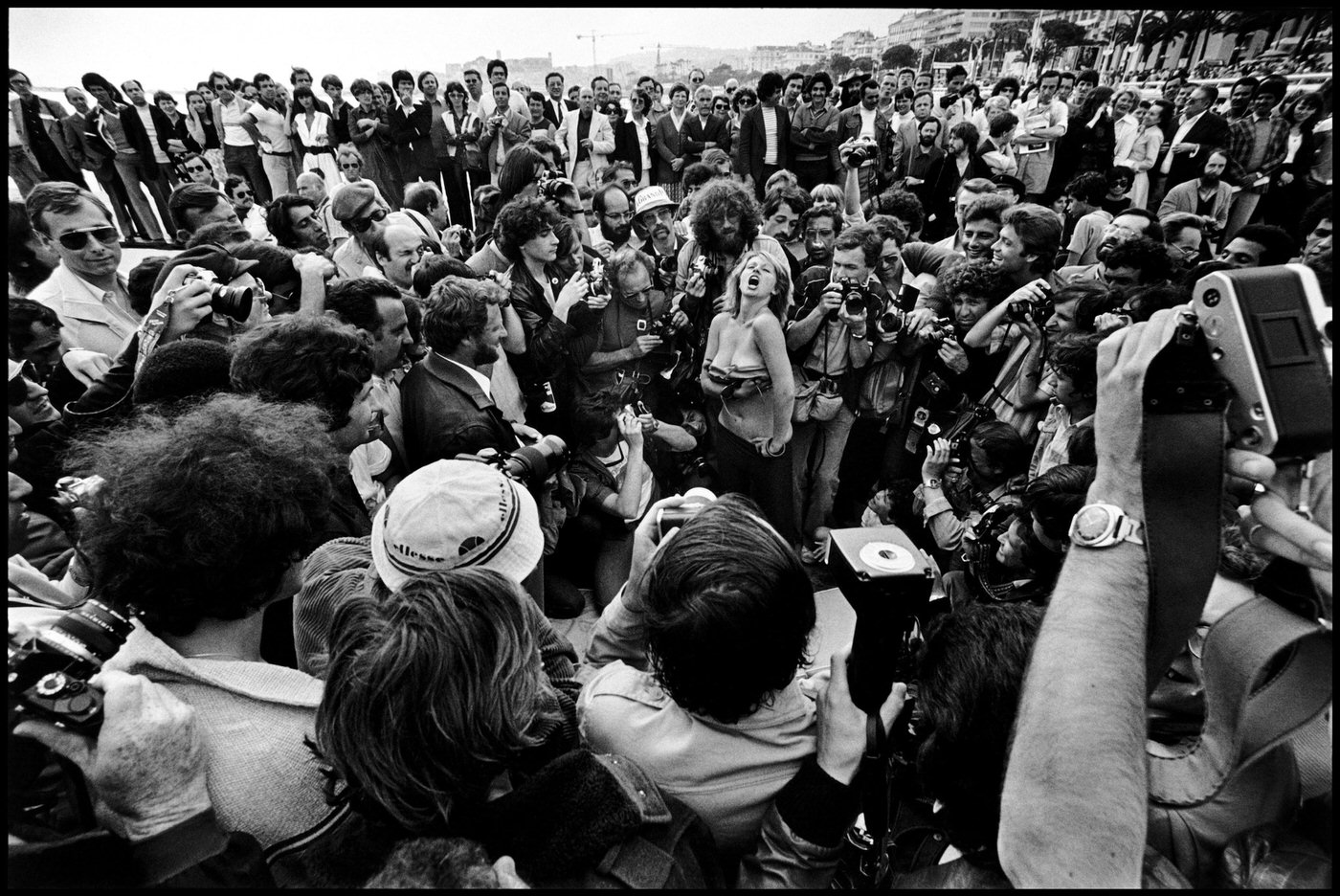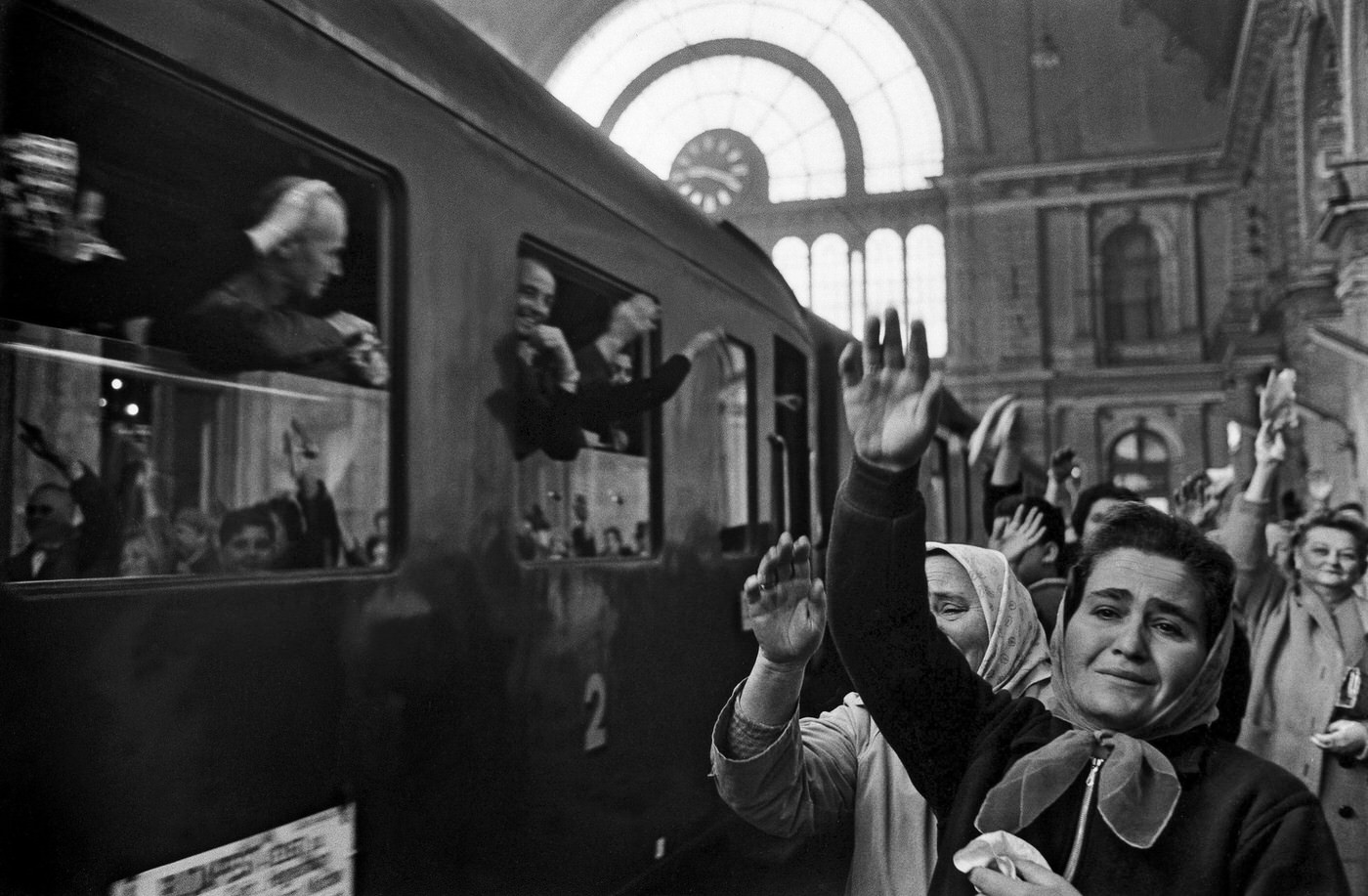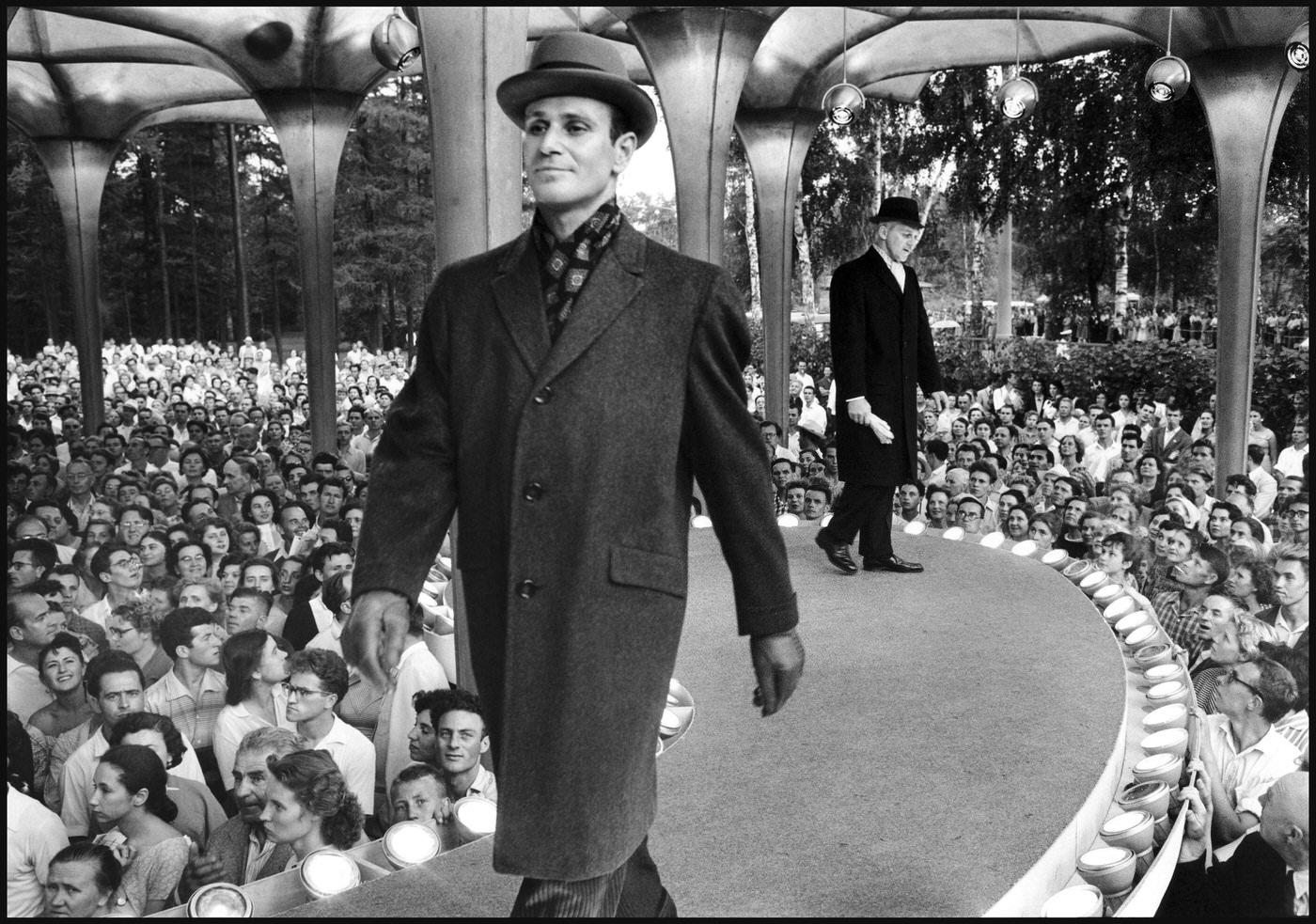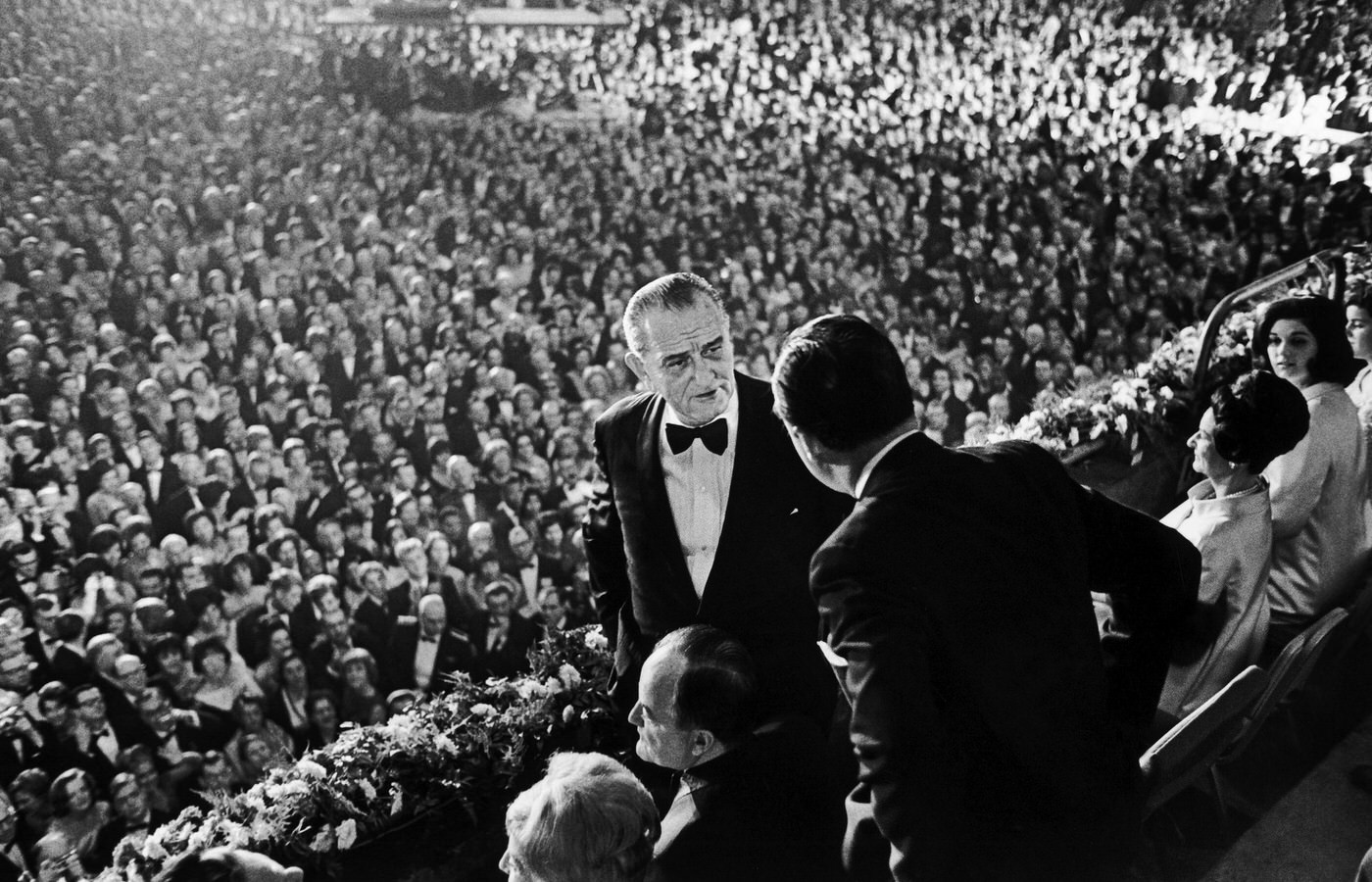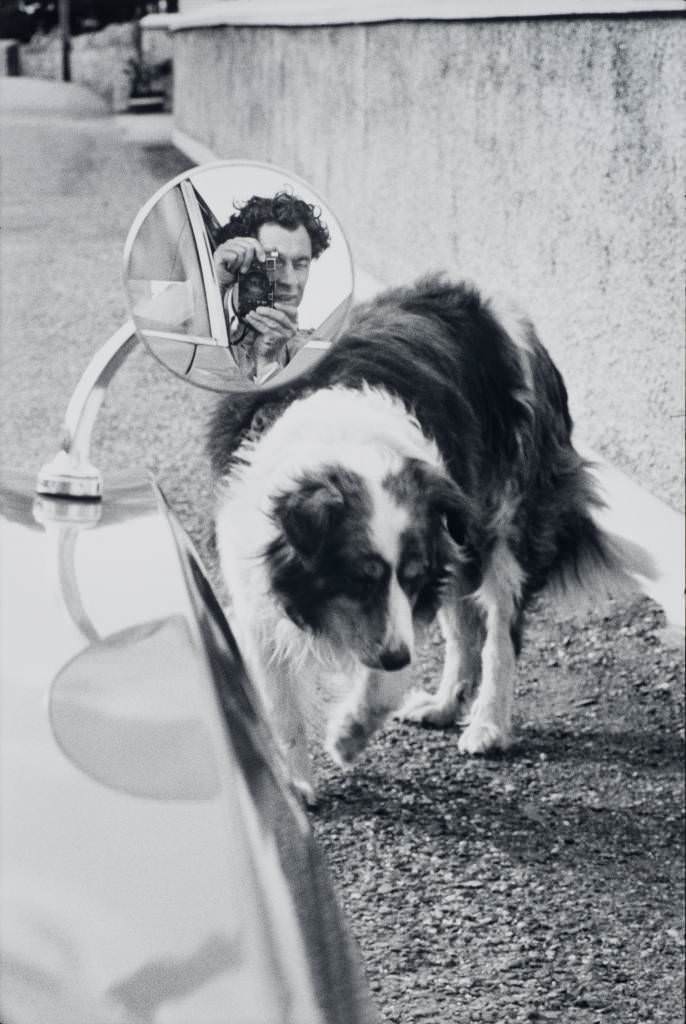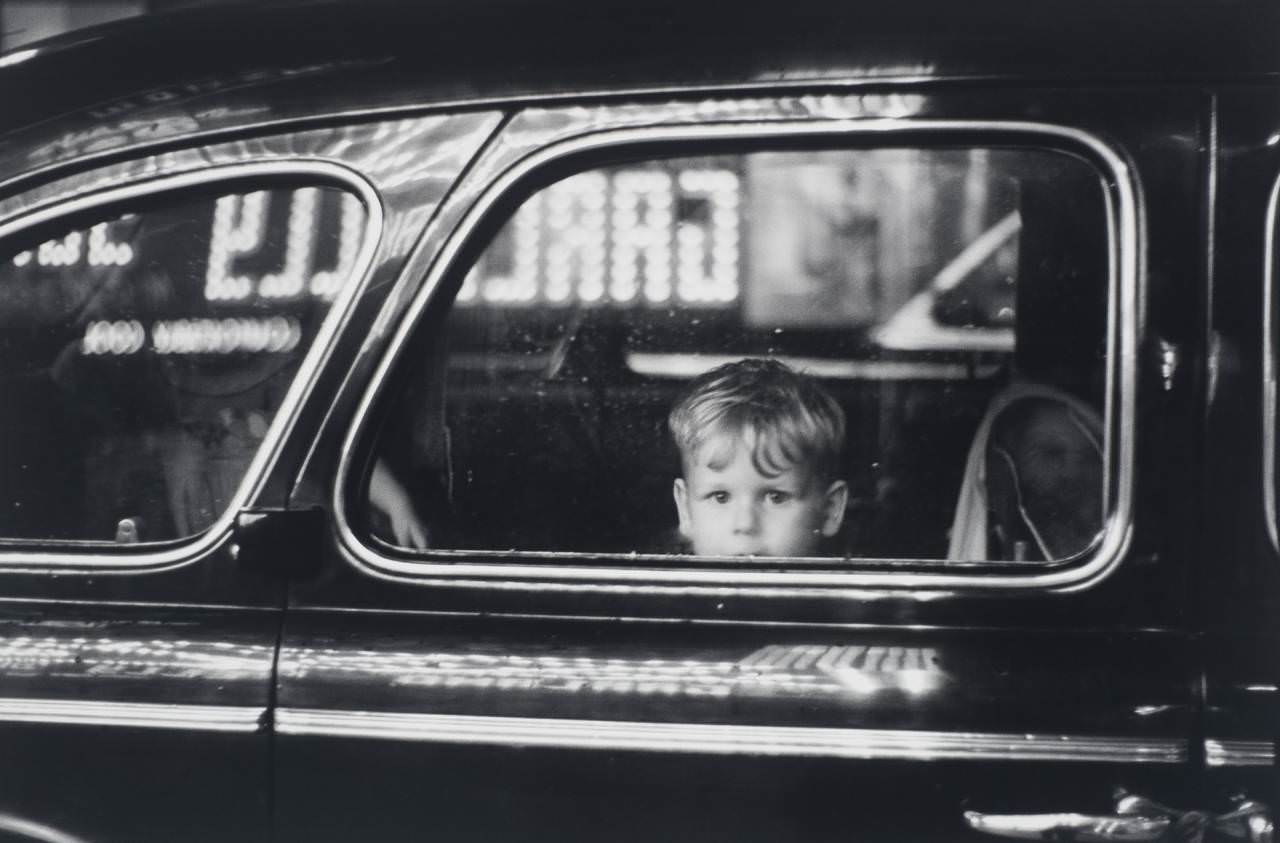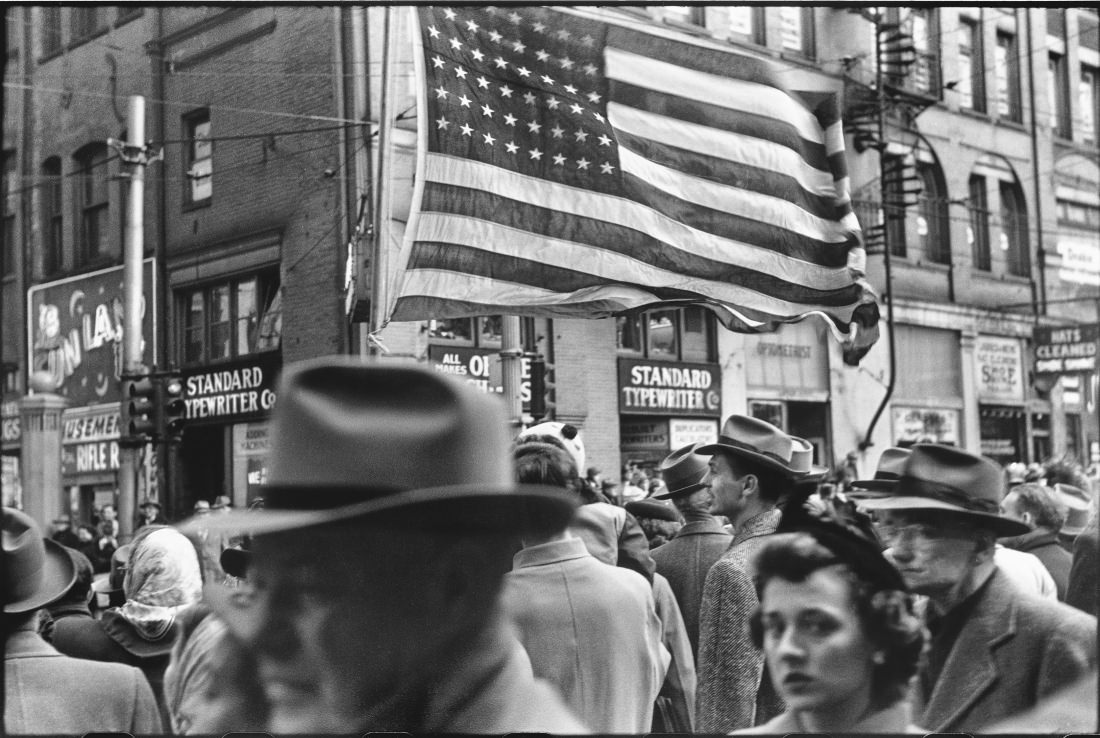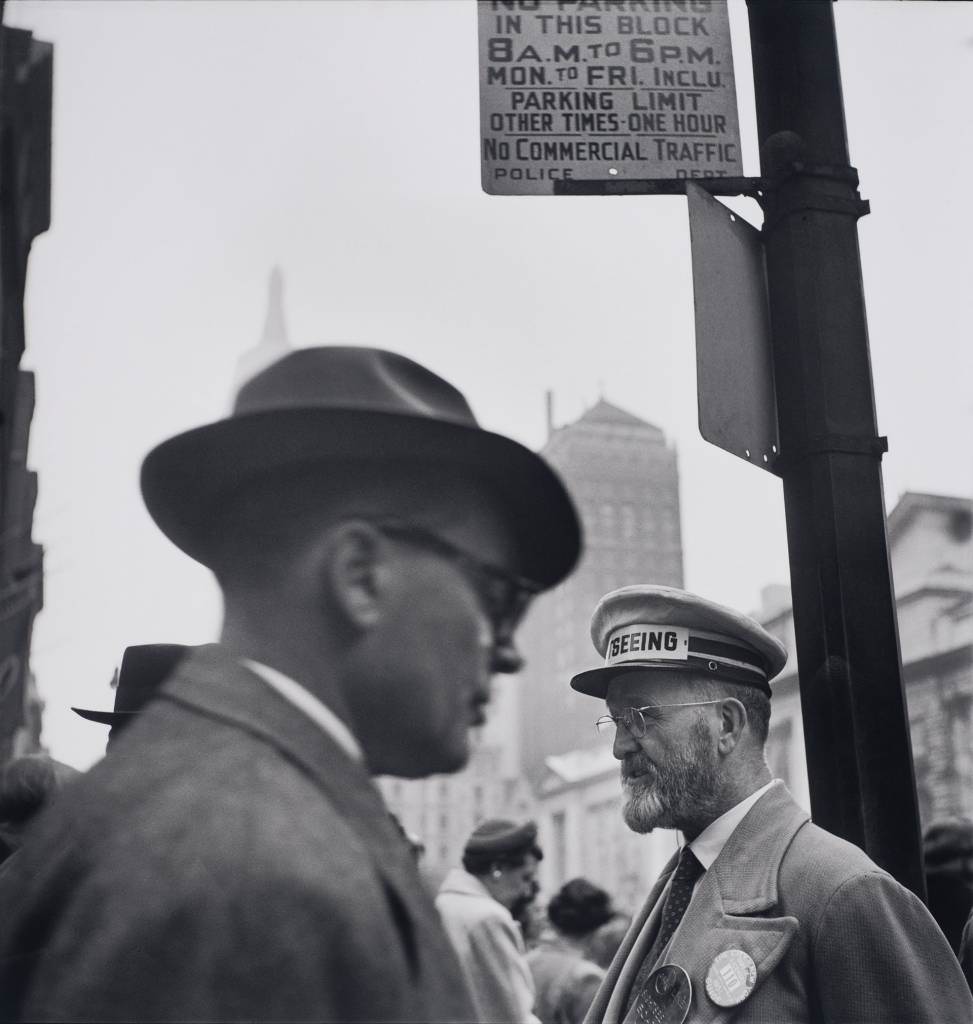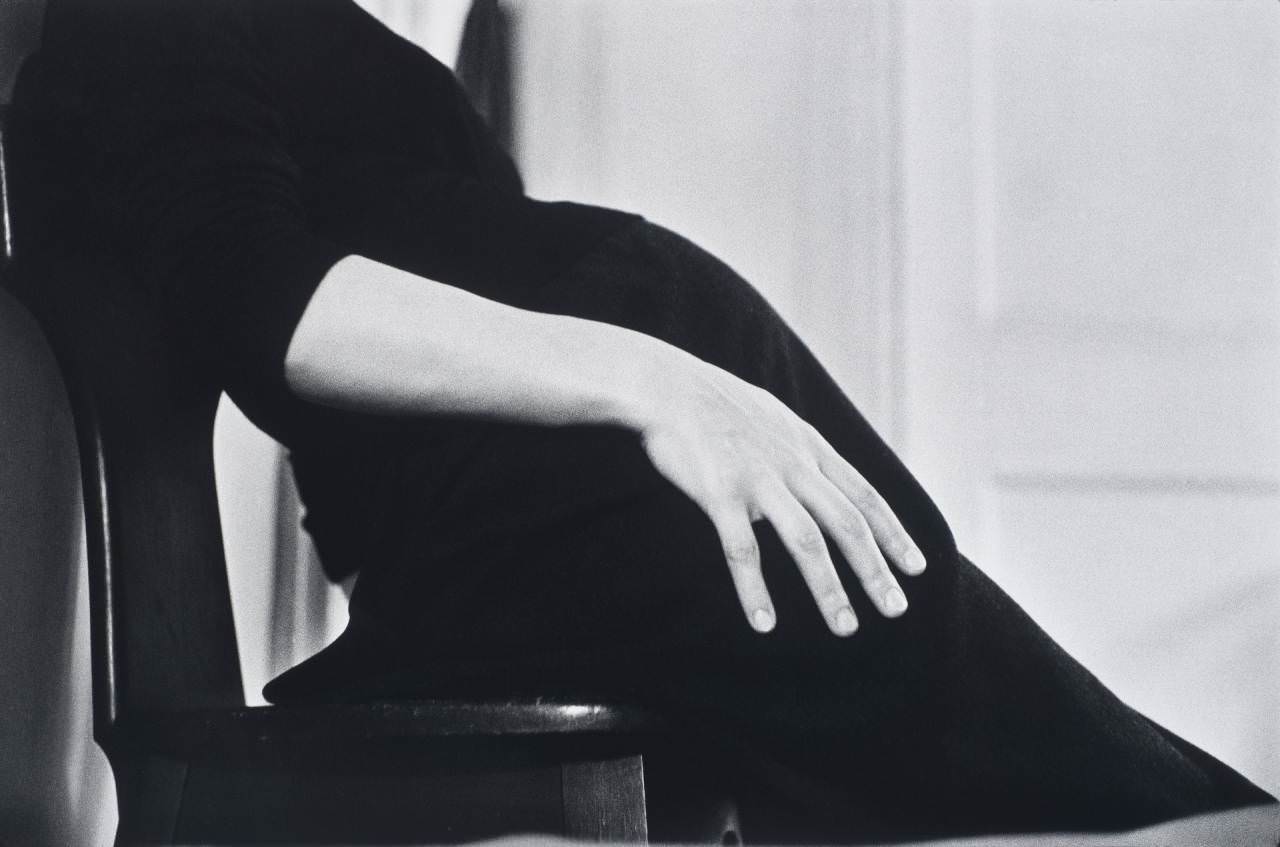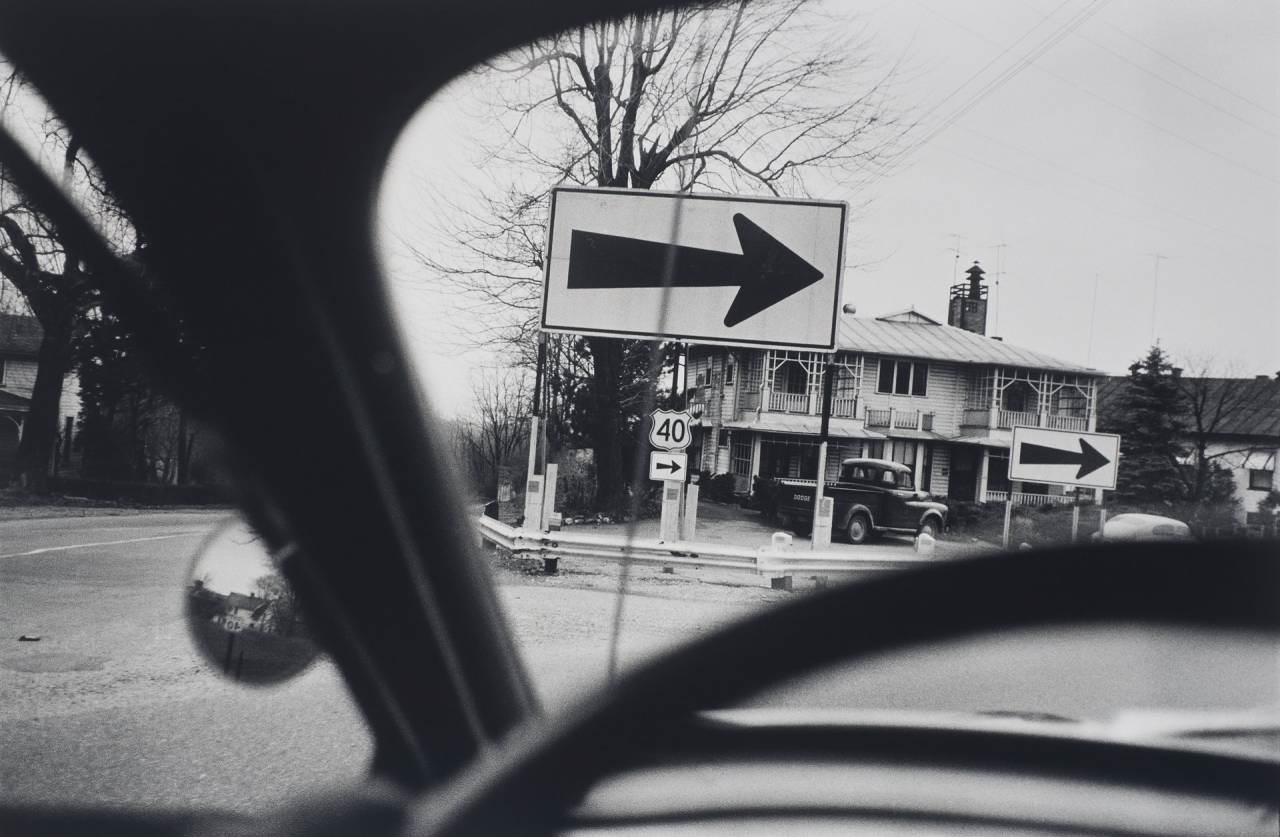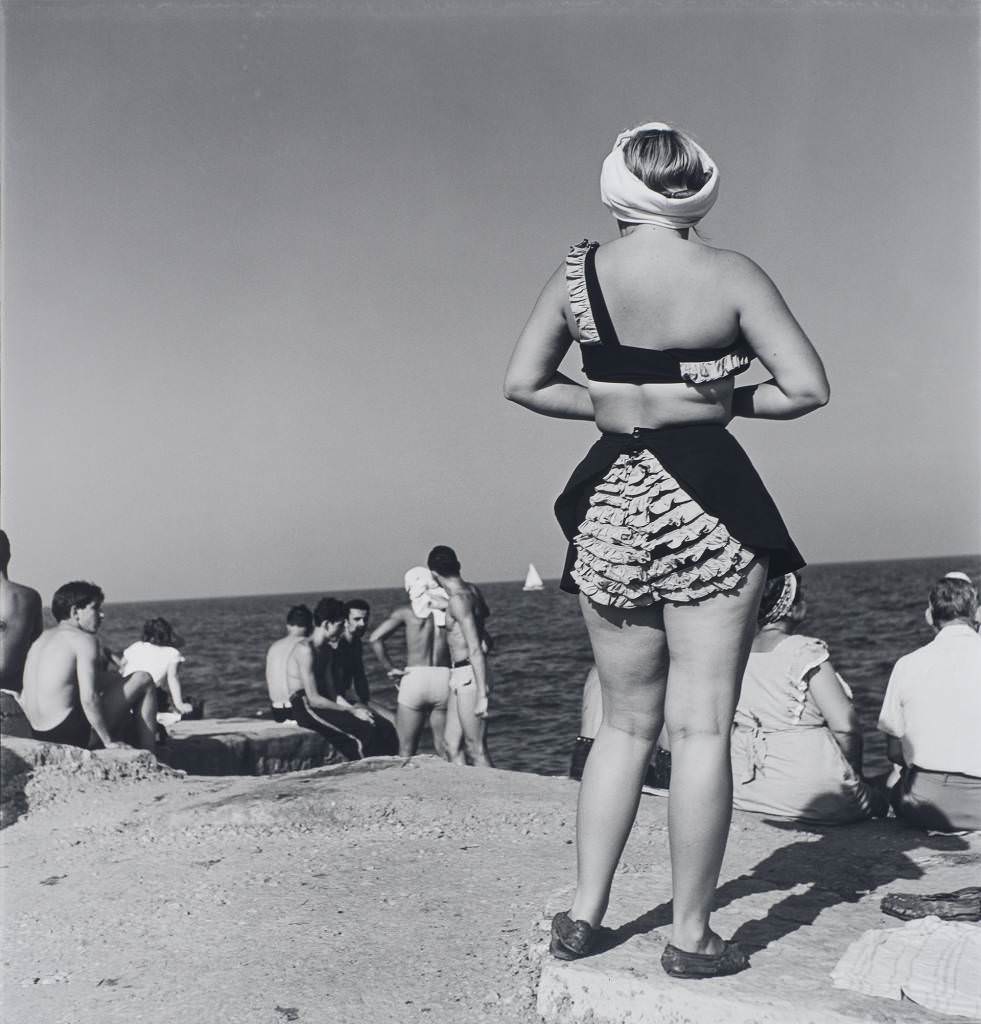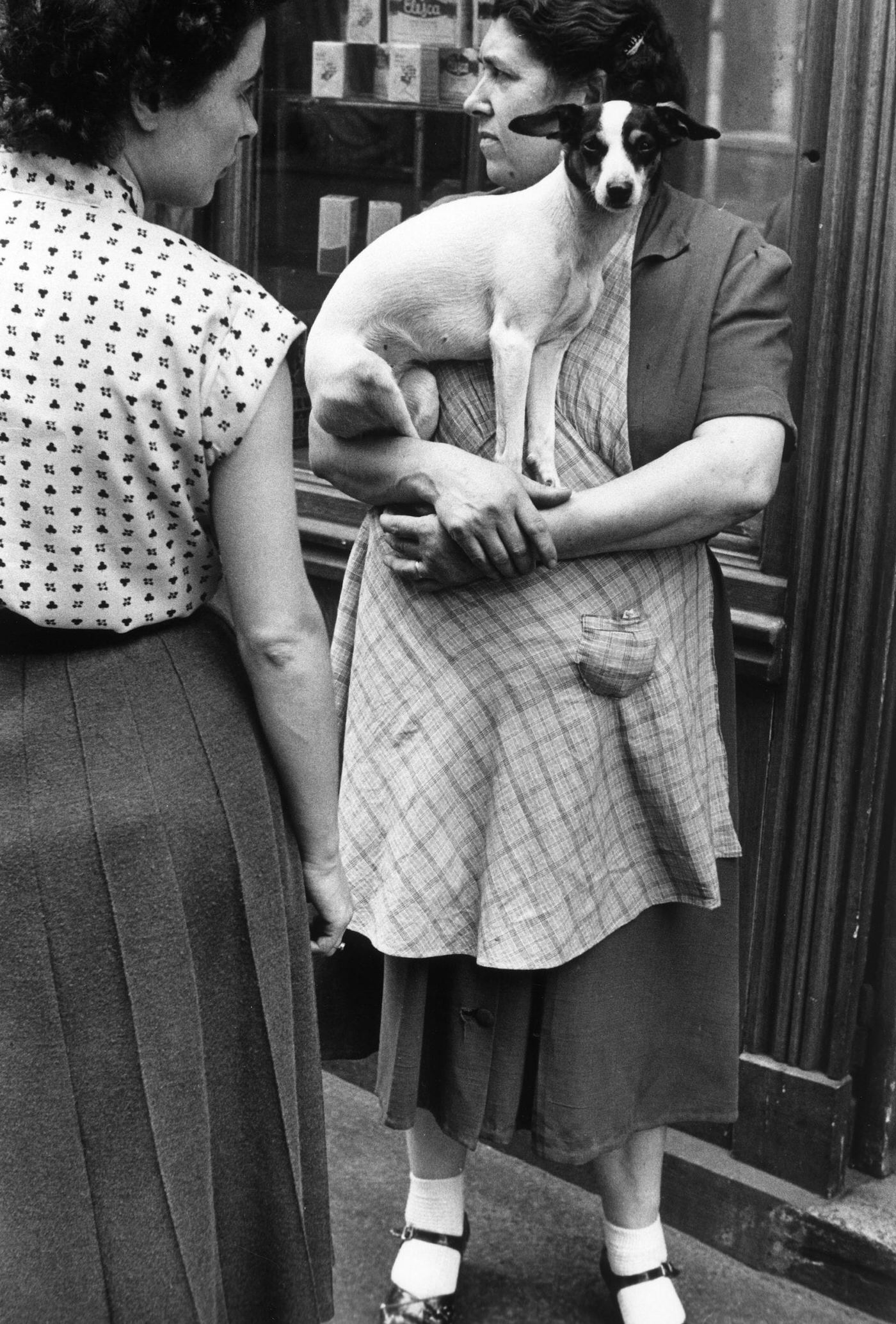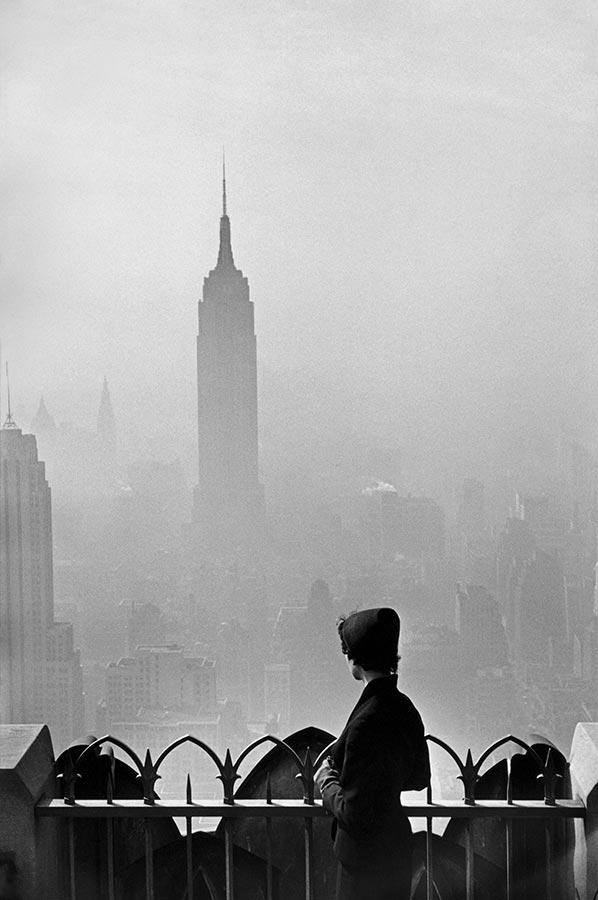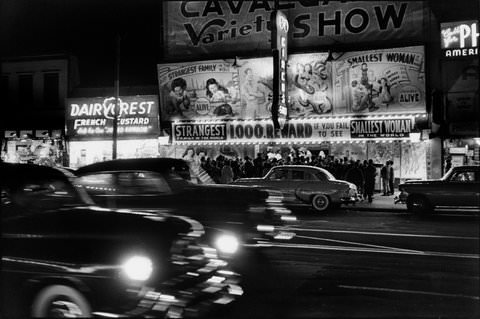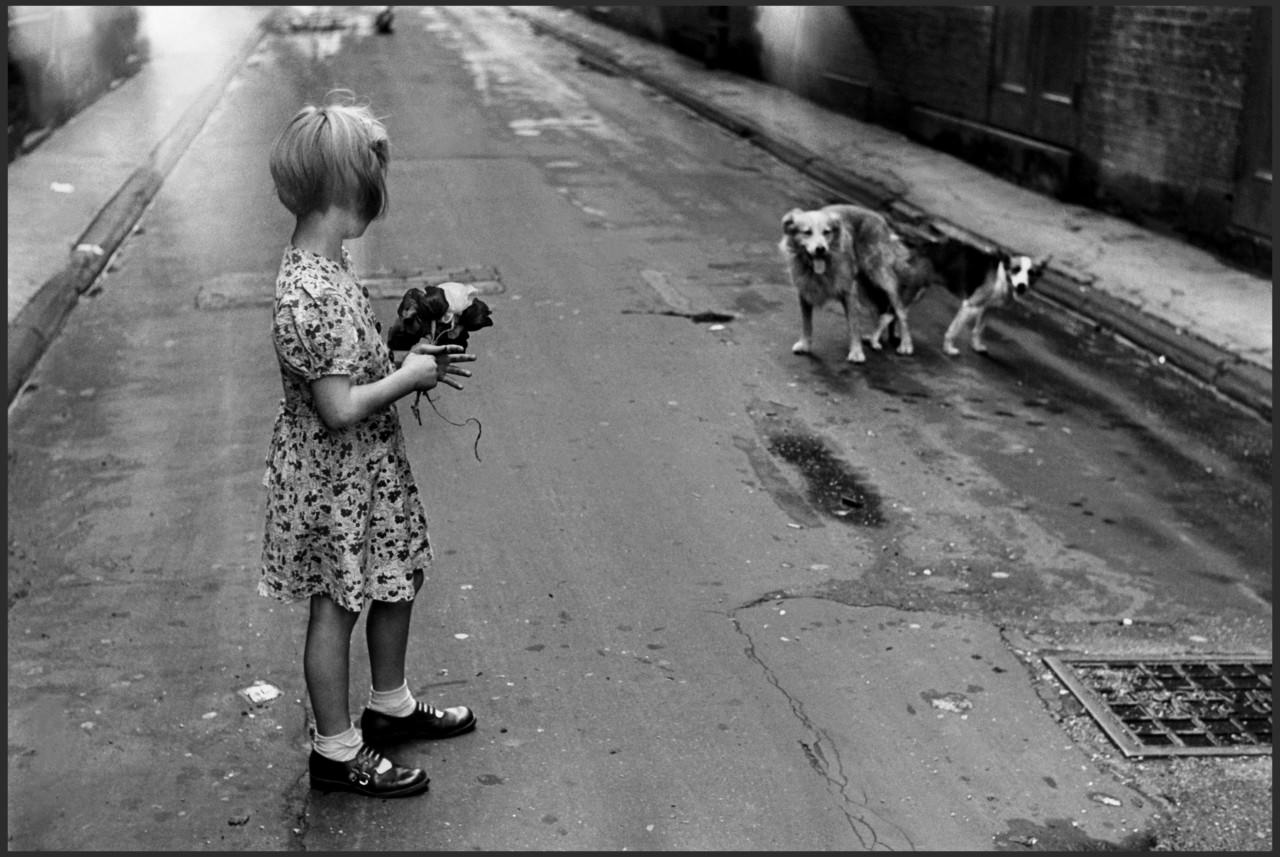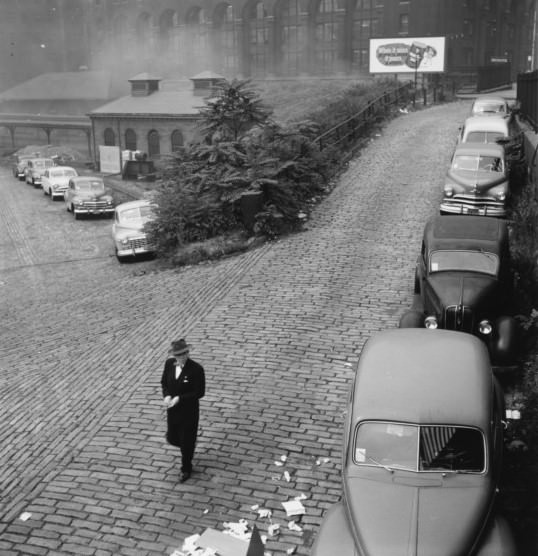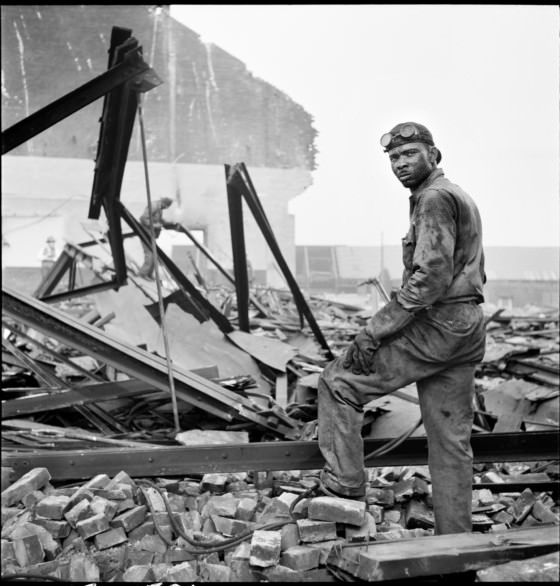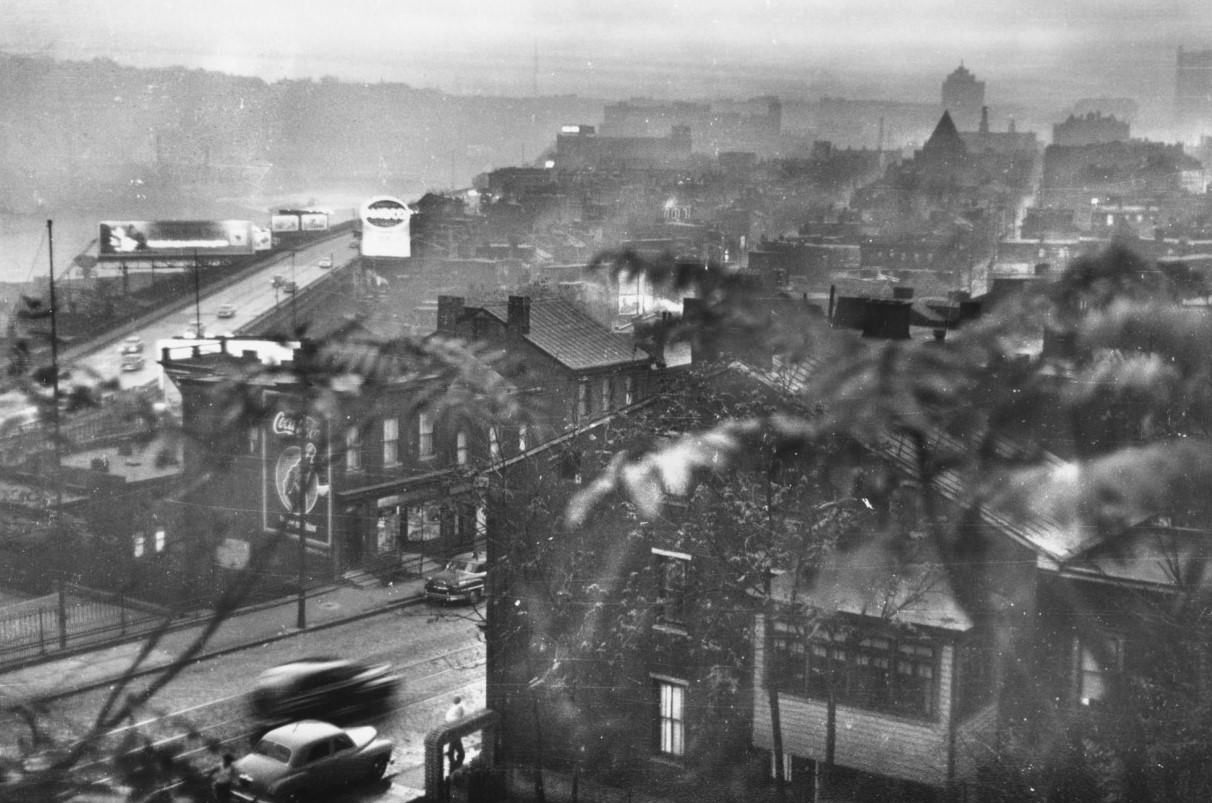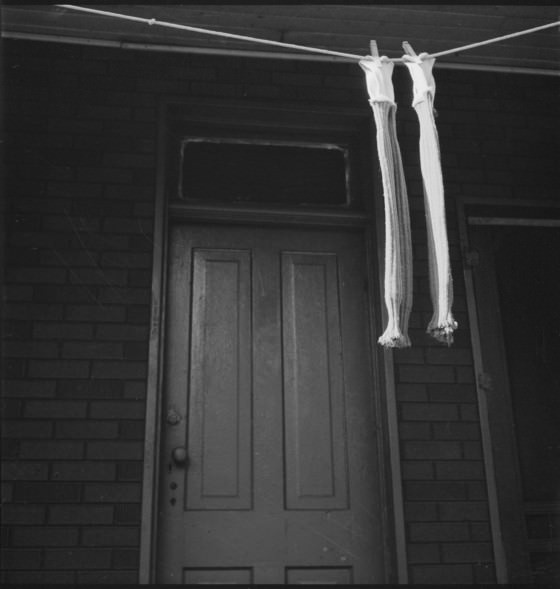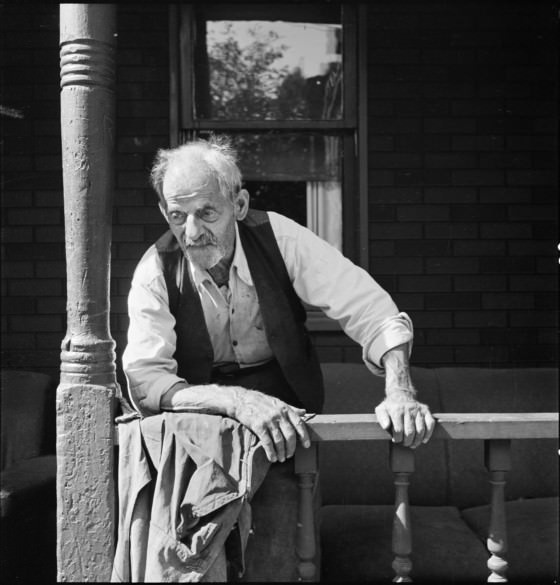Elliott Erwitt, a Master of Photography, wasn’t interested in capturing just any moment. He looked for the unusual, the humorous, and the ironic slices of everyday life. His lens became a window into the human experience, reflecting our joy, silliness, and even our struggles – all with a touch of wit.
Born in Paris in 1928, Erwitt’s journey with photography started early. He developed his skills while living in Hollywood, working in a darkroom, and later serving in the U.S. Army. His talent blossomed, leading him to join the prestigious Magnum Photos agency in 1953. This group of talented photographers shared Erwitt’s passion for documenting the world with a unique perspective.
Erwitt’s images are like visual jokes, often catching people or animals doing unexpected things. He had a knack for freezing those split seconds that make you chuckle or scratch your head in wonder. A dog leaping over a puddle, perfectly mirroring the curve of a woman’s leg; a couple reflected in a distorted car mirror, their faces stretched into comical expressions; a little boy dwarfed by the massive legs of adults walking by. These are just a few examples of Erwitt’s ability to find humor in the mundane.
But Erwitt’s work went beyond just funny photos. He was a keen observer of society, using his camera to document major historical events and everyday life. He captured the essence of post-war America, the changing landscapes of Europe, and the lives of people from all walks of life.
One of Erwitt’s most famous photographs, taken in 1955, shows a couple kissing in a car’s side-view mirror. The image is intimate and playful, a snapshot of love and connection amidst the hustle and bustle of a city. Another iconic image, from 1946, is of Erwitt’s mother and her reflection in a mirror. This photo, taken shortly after they were reunited after WWII, speaks volumes about family, loss, and the power of human resilience.
Erwitt wasn’t afraid to tackle serious subjects either. He documented segregation in the American South during the Civil Rights movement, capturing the stark realities of racial inequality. He also photographed political figures like Che Guevara and Richard Nixon, revealing their personalities and the power dynamics at play.
His portraits are particularly striking, often showing people lost in thought or caught off guard. He had a way of capturing the essence of a person’s character in a single frame. Whether it’s a weary soldier, a playful child, or a contemplative artist, Erwitt’s portraits reveal the depth and complexity of human emotions.


